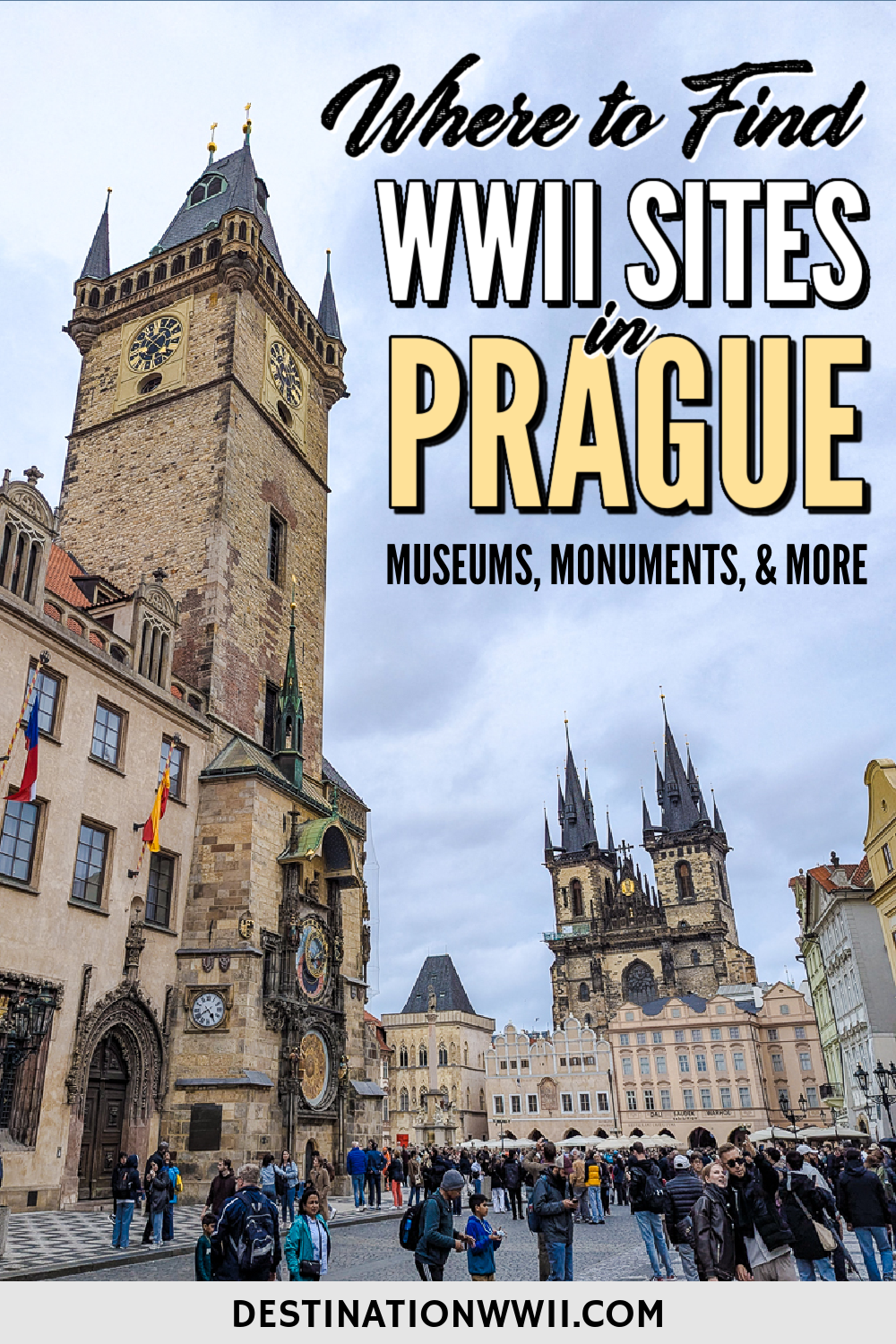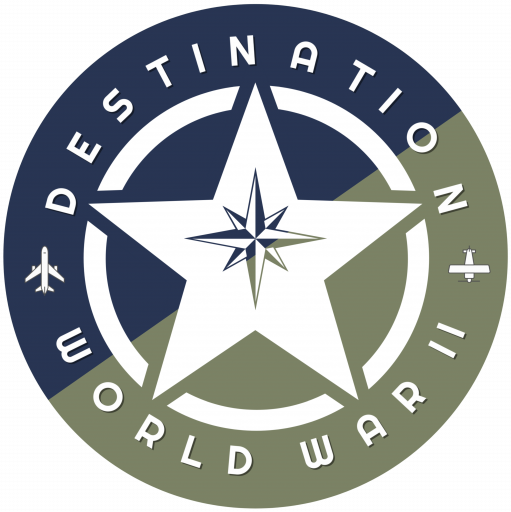At these Prague WWII sites, you’ll be able to get a full picture of the many significant events that took place in this ever-interesting city during the war. It offers several topical museums, monuments and memorials, and other fascinating historical sites. Consider adding some of these stops to your next visit to the Czech capital.
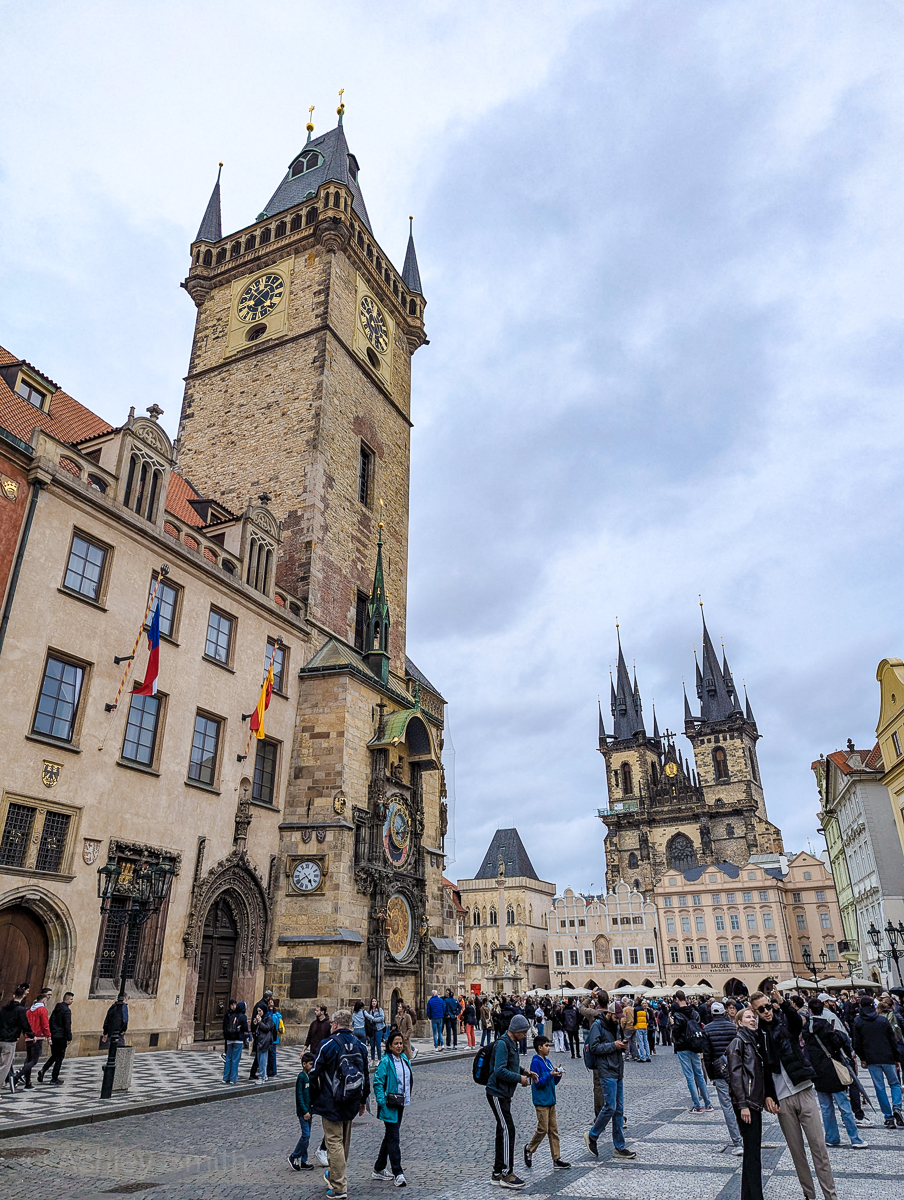
World War II in Prague
Prague’s World War II history actually begins in Munich, Germany. It was here, in 1938, that Hitler signed the “Munich Agreement”—a pact with France, Italy, and the United Kingdom. This agreement essentially gave him the right to take over the Sudetenland–the part of Czechoslovakia occupied by ethnic Germans.
But because Hitler never intended to stop there, he gradually seized more territory until the Nazi regime controlled the entire western half of the country and then renamed it the Protectorate of Bohemia and Moravia. (The eastern half went to Hungary.) Nazi occupation in Prague lasted until the end of the war, six long years.
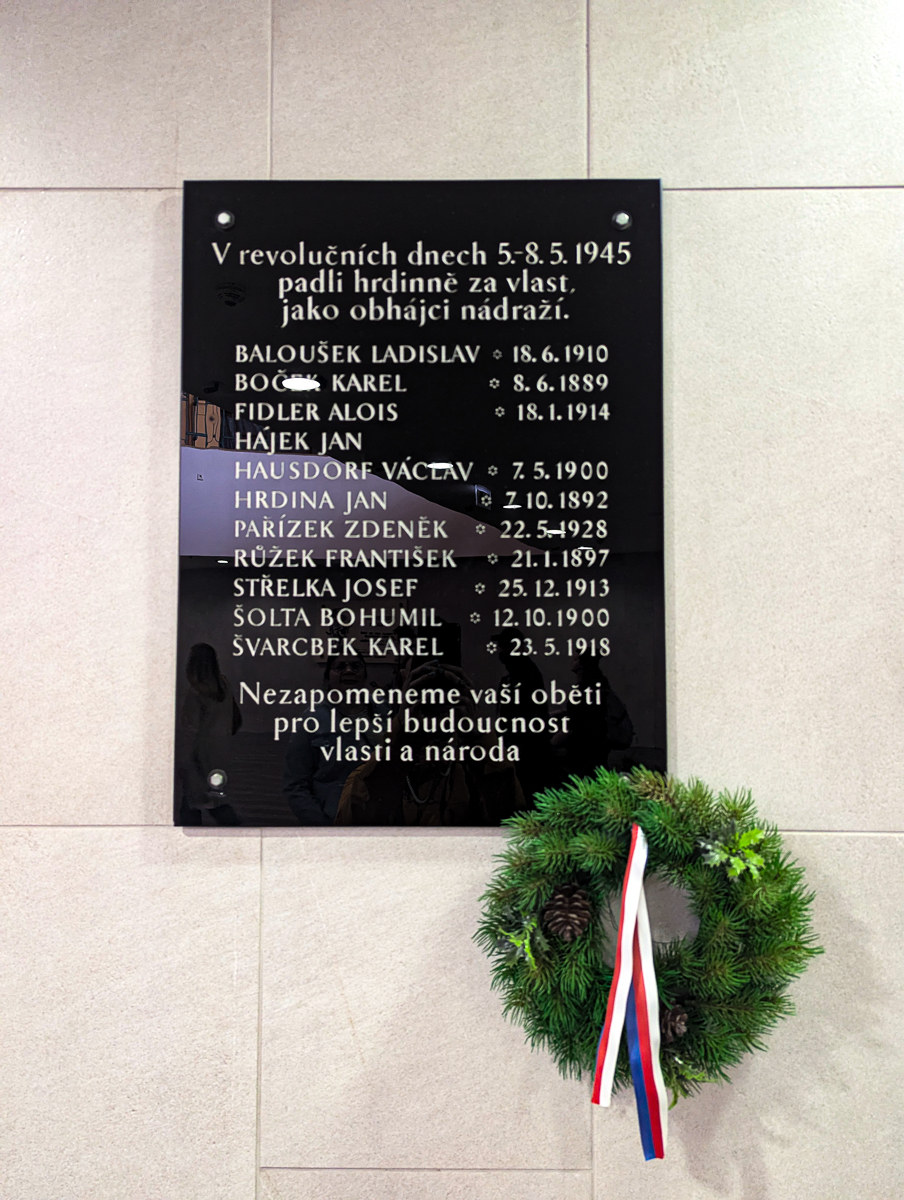
Reinhard Heydrich
In September 1941, Hitler appointed Reinhard Heydrich as Governor of this new territory. His first order of business was quashing the growing Czech resistance movement. His second was establishing the Terezín concentration camp and ghetto to which he sent more than 73,600 Jews from Prague and the surrounding cities.
In January 1942, Heydrich organized the Wannsee Conference outside Berlin where he outlined his plan for the systematic physical extermination of the Jews–what we now know as the Holocaust. The extermination camps of Belzec, Sobibór, and Treblinka opened just a few months later as part of Operation Reinhard. A real piece of work, that guy.
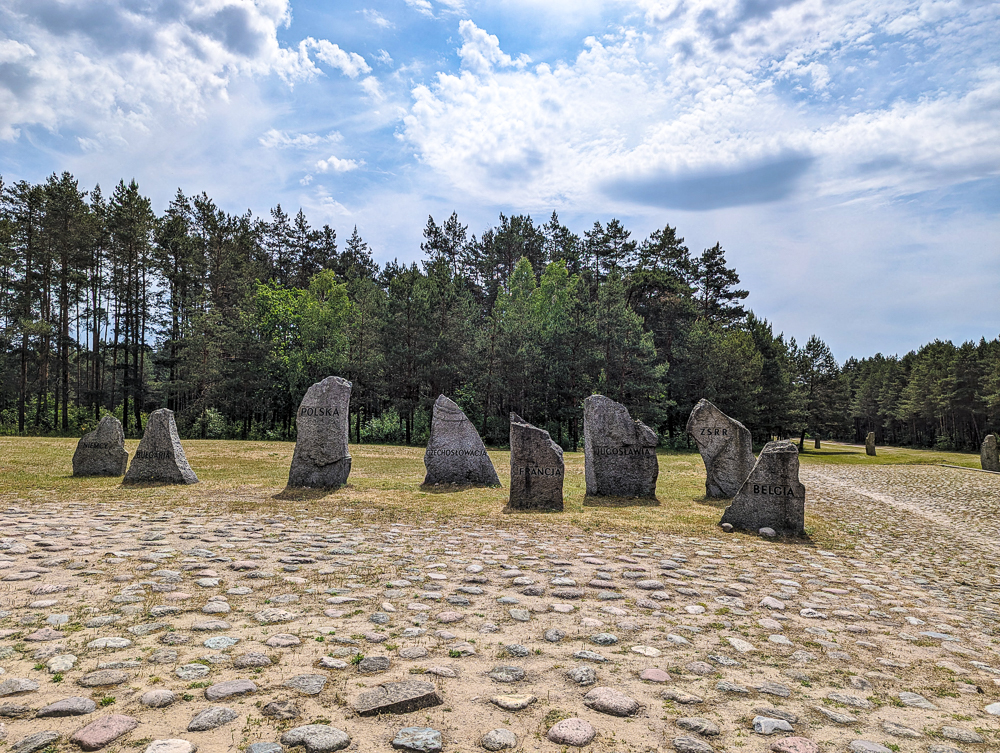
Operation Anthropoid
Operation Anthropoid was the name given to the targeted assassination of Heydrich in May 1942 in Prague. It was planned by the British Special Operations Executive (SOE) in London and carried out on May 27, 1942 by seven brave Czech resistance operatives. Though the assassination didn’t quite go according to plan, Heydrich did die a week later from injuries sustained in the attack.
As payback for the assassination, Hitler ordered a barrage of reprisals that resulted in the murder of around 5,000 people. Among those were the entire population of the nearby village of Lidice. After a ruthless, execution-fueled manhunt, Heydrich’s assassins were eventually tracked down. What followed was a furious shootout at a local cathedral that killed three of the assassins. The other four took their own lives as the Gestapo closed in.
Prague Uprising & the End of the War
In May 1945, the Czech resistance movement staged a mostly-successful uprising that, through savage fighting, managed to hold the city until the Soviet Red Army entered Prague five days later. Several of Prague’s WWII memorials are dedicated to these brave resistance fighters.
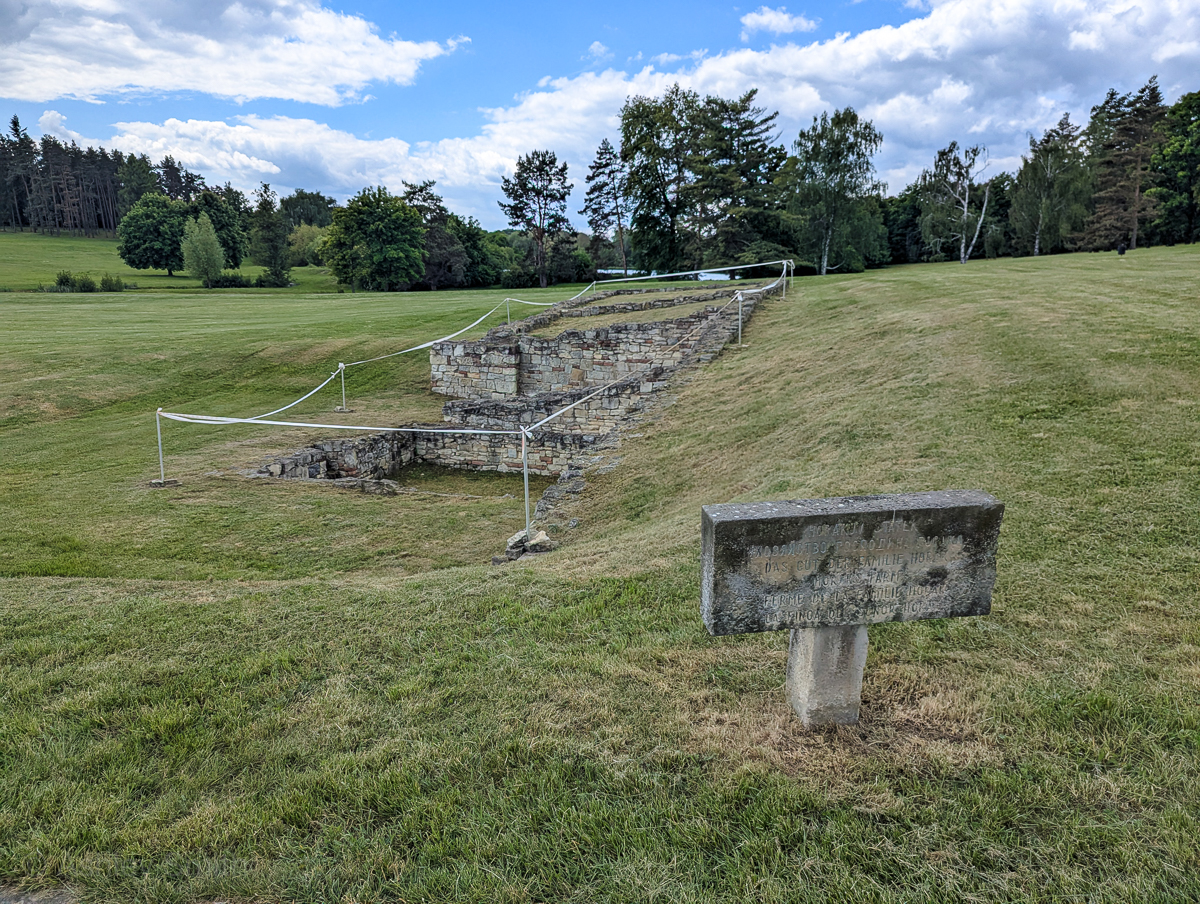
Map of Prague WWII Sites
This map contains all the Prague WWII sites I mention in this post. To save this map: Click on the star ⭑ next to the map’s title to save in your Google Maps. To use this map: When you get here, open Google Maps on your phone, click “Saved” at the bottom, then click “Maps.”
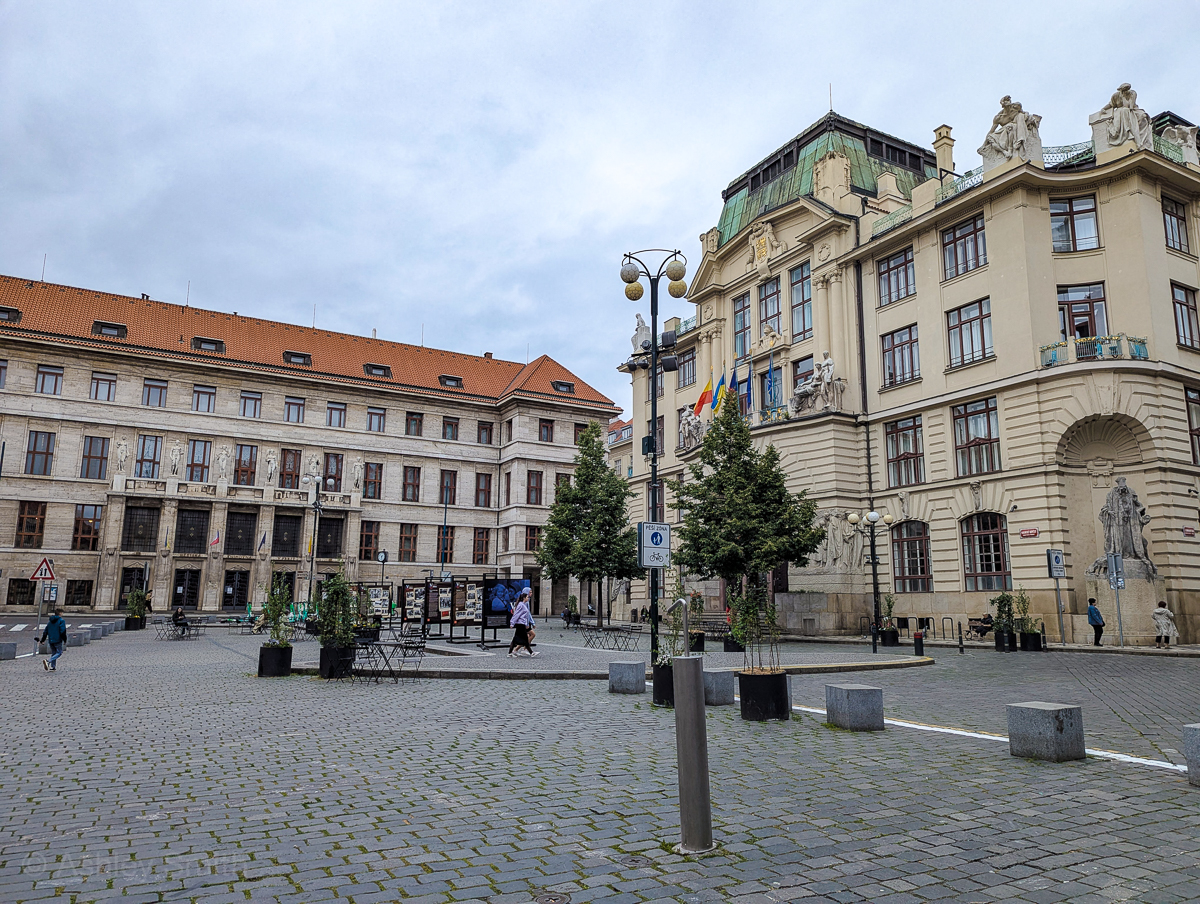
Operation Anthropoid Sites
One of the most significant events in Czechoslovakia’s World War II history was Operation Anthropoid. As such, there are tons of interesting WWII sites in Prague that center on this successful operation and its tragic fallout. So many, in fact, that I’ve written an entire post just on visiting Operation Anthropoid sites in Prague.
The link above contains the full list, but here are some of the main sites you should consider visiting while here:
1. Heydrich assassination location
You can visit the actual spot where the assassination attempt took place. The curve in the road is still here, as are some interesting memorials.
2. Monuments and information boards
There’s a large monument to Heydrich’s assassins at this post and two good-sized boards filled with information on Operation Anthropoid (all in Czech so be prepared to translate).
3. Mural of the assassination
On a nearby wall along the main road, there’s a mural depicting the timeline of the assassination attempt. Look for the yellow wall with the black drawings.
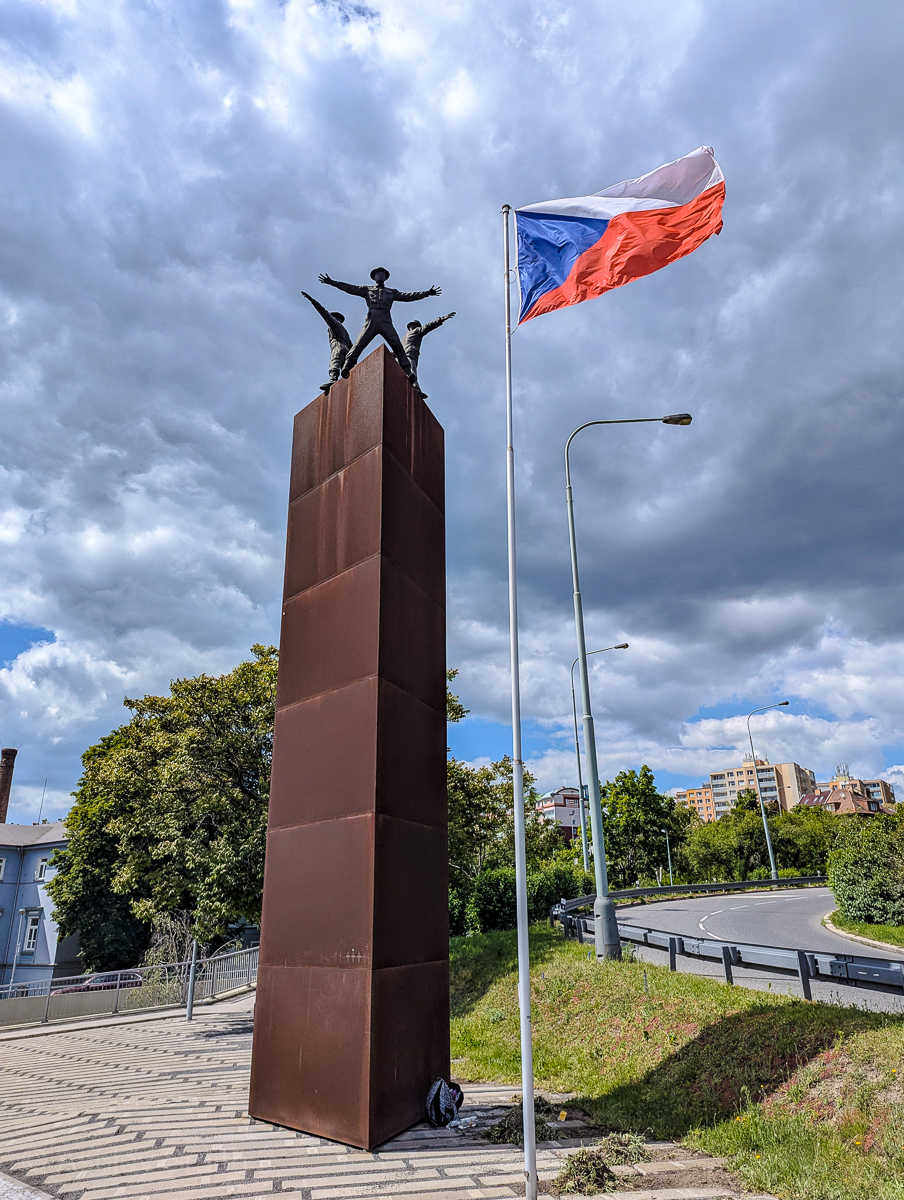
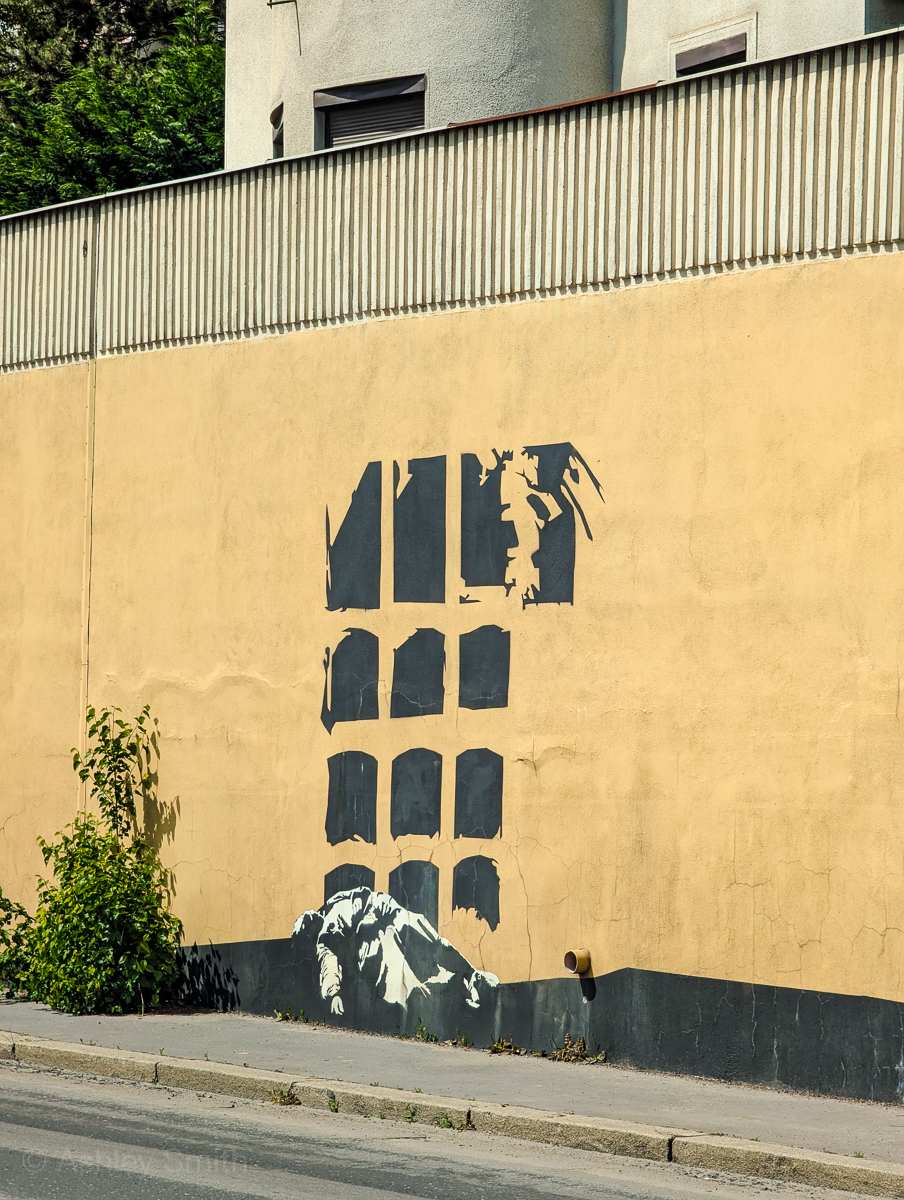
4. Town of Lidice sites
Following Heydrich’s assassination, Hitler went crazy with revenge. Because its residents were (falsely) believed to be hiding the assassins, he specifically targeted the nearby village of Lidice. He then gave orders to execute the village’s entire population and raze it to the ground. Today, you can visit this former village to learn more about its tragic destruction following Operation Anthropoid.
5. Lidice Memorial
The centerpiece here is a large memorial colonnade commemorating the victims and showcasing some relief sculptures of the village’s history.
6. Lidice Memorial Museum
Inside this small but unforgettable museum, you can learn more about the town’s destruction and the fate of its residents. The Gestapo gunned down all the village’s men and boys over the age of 15, deported all of its women to Ravensbrück concentration camp, and forced its children into slave labor in Poland. (But they kept the most “German” looking ones and put them into new families.)
7. Various other Lidice memorials
All throughout the area you’ll find several memorials to the murdered residents of Lidice as well as the foundations/ruins of some of the village’s former buildings. (Including the barn where the town’s men were executed.)
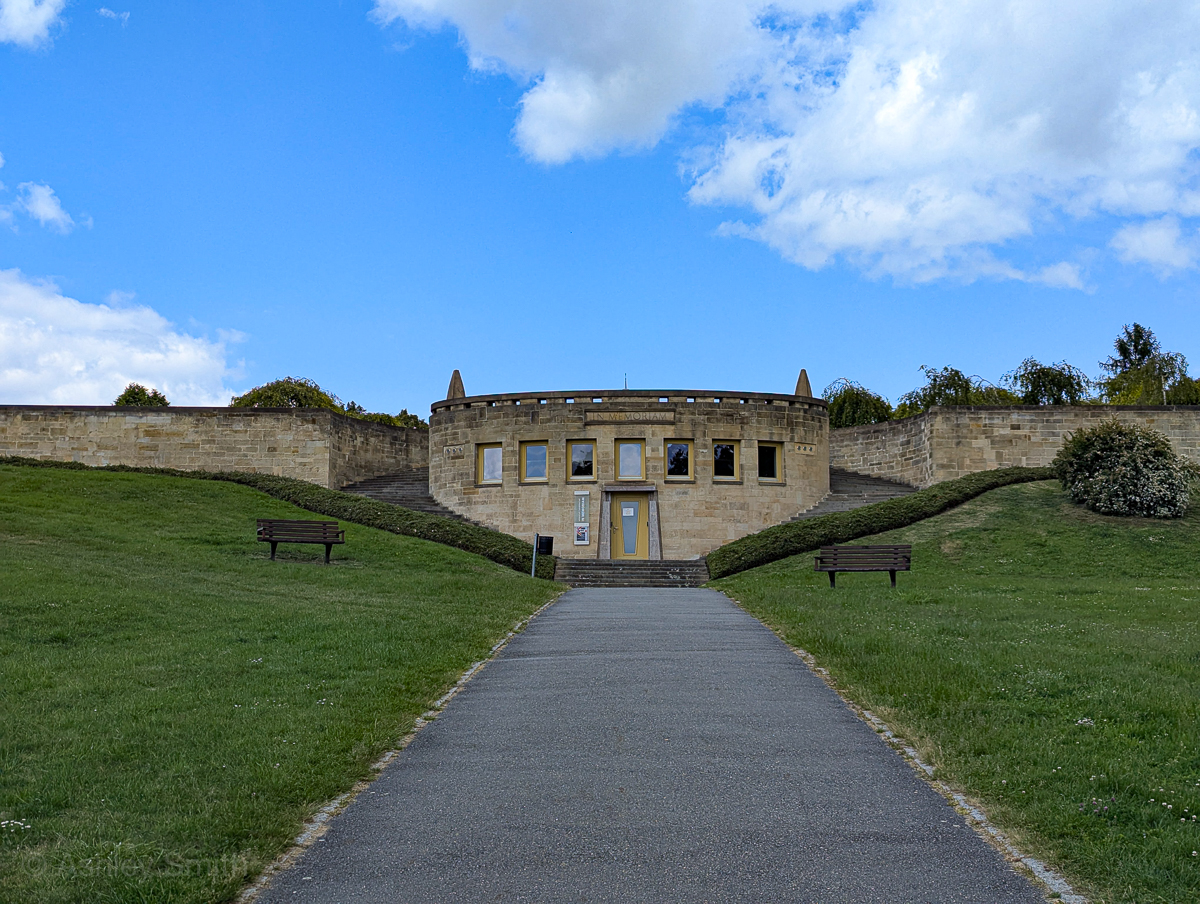


8. Cathedral of Saints Cyril and Methodius
At this church in Prague’s “new town,” the final showdown between the Gestapo and the seven Czech assassins took place. You can visit the small museum as well as the crypt where the final four took their own lives. There are a couple of memorials around the church as well.
These are just a sample of the many area sites related to this event. Check out my full guide to Operation Anthropoid sites in Prague for all the details.
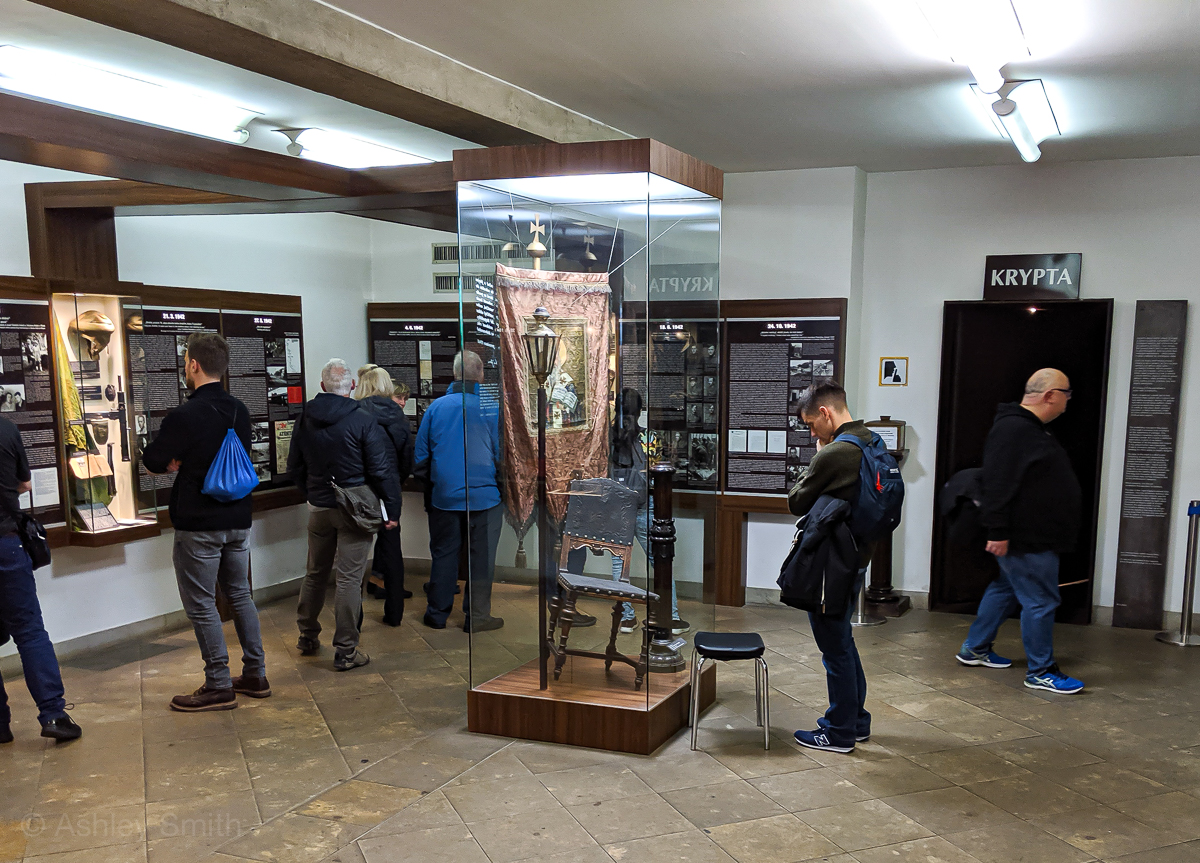
Prague WWII Museums
Here are a couple of museums in Prague that cover the city’s WW2 history: (Both of these are free to visit!)
9. National Army Museum
Prague’s National Army Museum in Žižkov covers the entire history of the Czech Army. Naturally, this includes the World War II period as well, to which an entire wing has been dedicated. In addition to tons of original artifacts, there’s also an exhibit on Operation Anthropoid.

10. The Aviation Museum Kbely
Located on a historic airfield, Prague’s Aviation Museum is one of the largest in Europe. It boasts an absolutely massive collection of historical aircraft and artifacts, including some seriously rare planes like the Messerschmidt Me 262. There’s an entire area here dedicated to WWII aviation, so don’t miss this one if you’re a huge av-geek like me.
Prague WWII Memorials
There’s a great deal of WWII memorials and memorial sites scattered around Prague. Here’s where to find them:
11. Pinkas Synagogue
In Prague’s Jewish Quarter you can visit the Pinkas Synagogue. Dating back to 1535, this is the second-oldest surviving synagogue in Prague. Today, it serves as an enduring memorial to Czech Jews killed in the Holocaust.
The walls of the synagogue’s interior are filled with the names and birth and death dates of nearly 80,000 Czech Holocaust victims, all handwritten. Follow the visitor route and you’ll also get to explore an exhibit featuring artworks created by children inside the Terezín concentration camp between 1942-1944.
Outside the synagogue, there’s a permanent exhibition on the deportation of Jews from the Protectorate of Bohemia and Moravia to the concentration and extermination camps in Poland, et al.
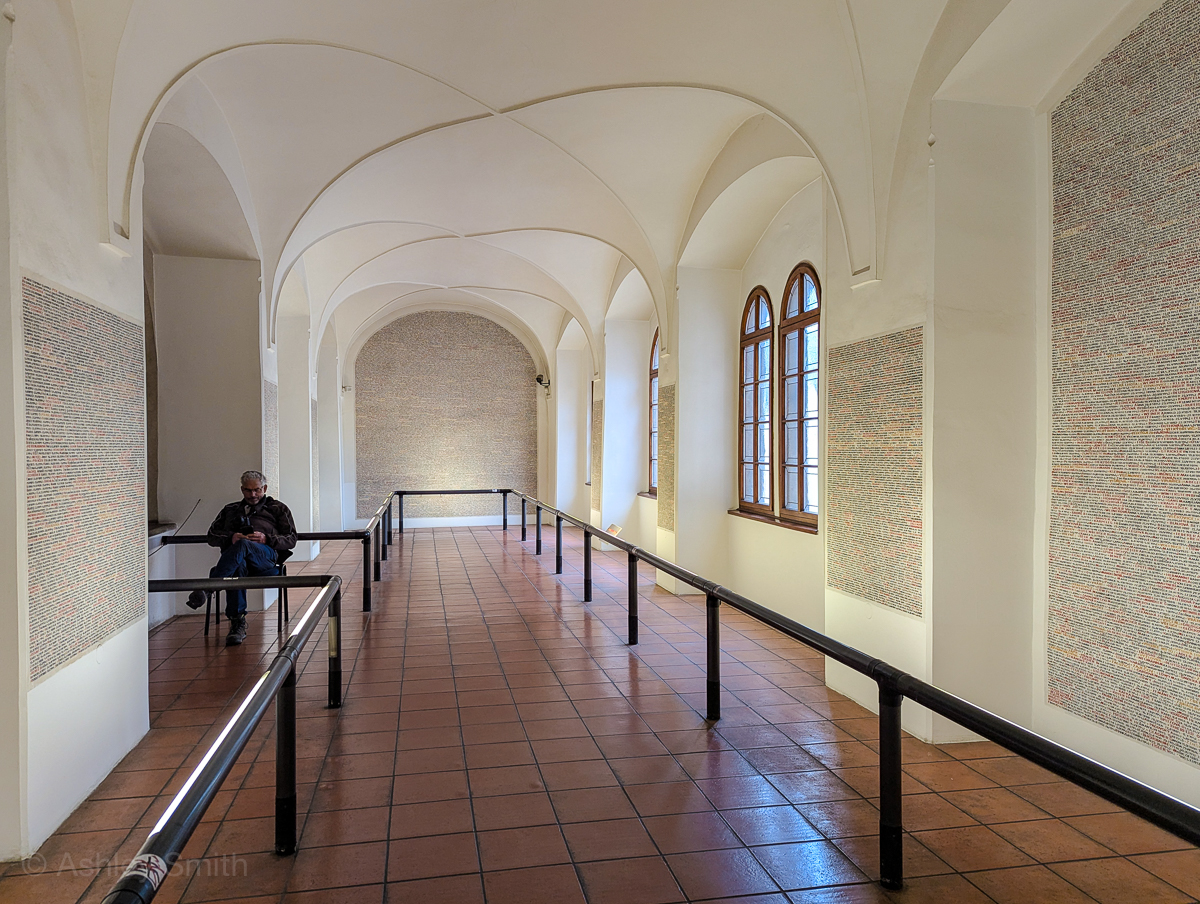
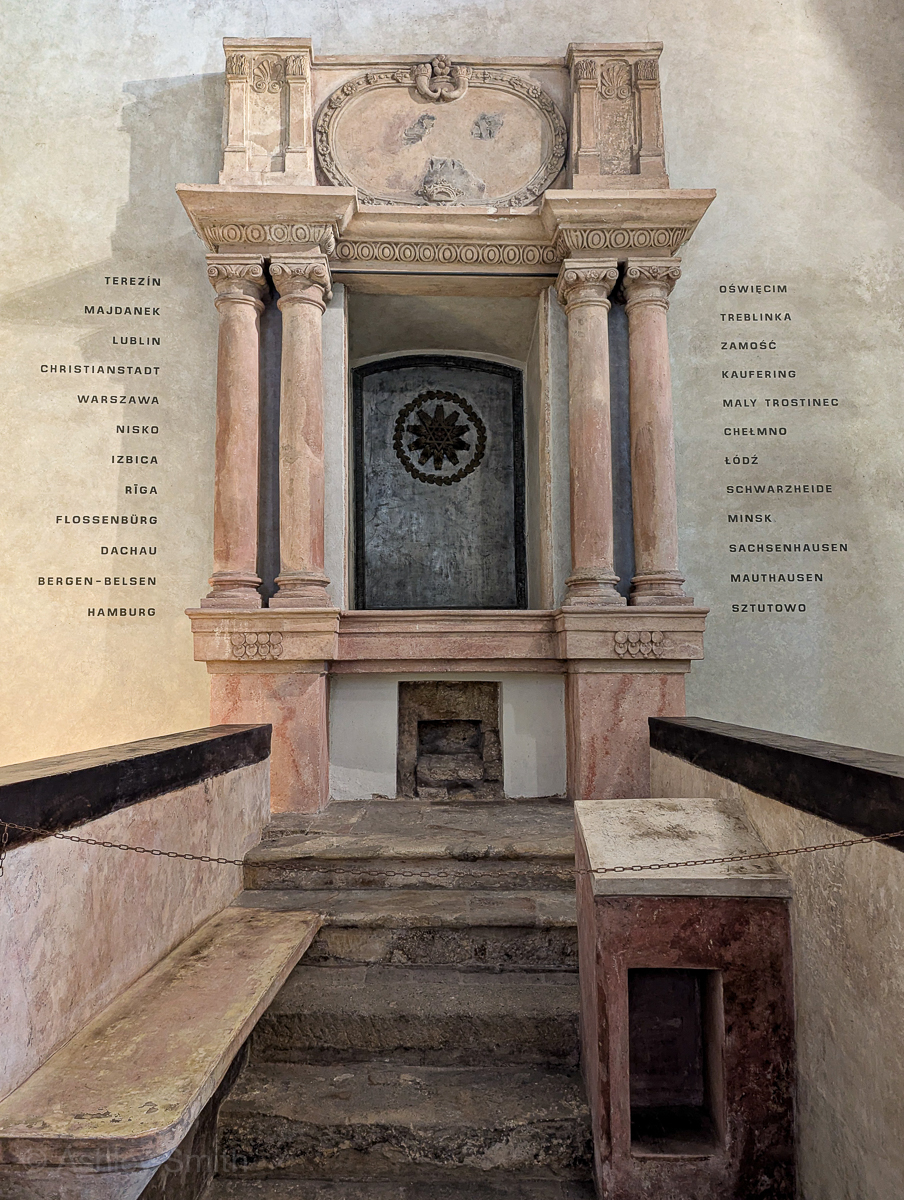
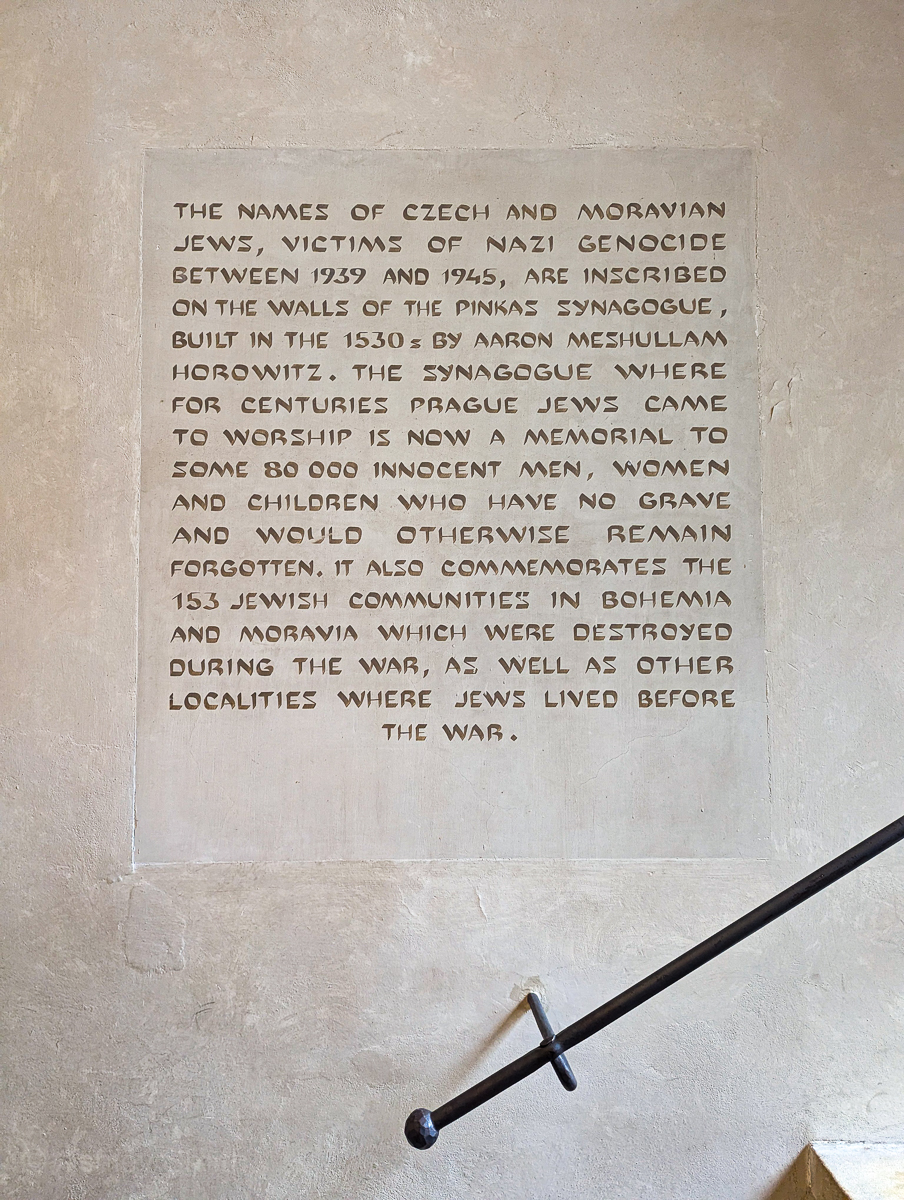
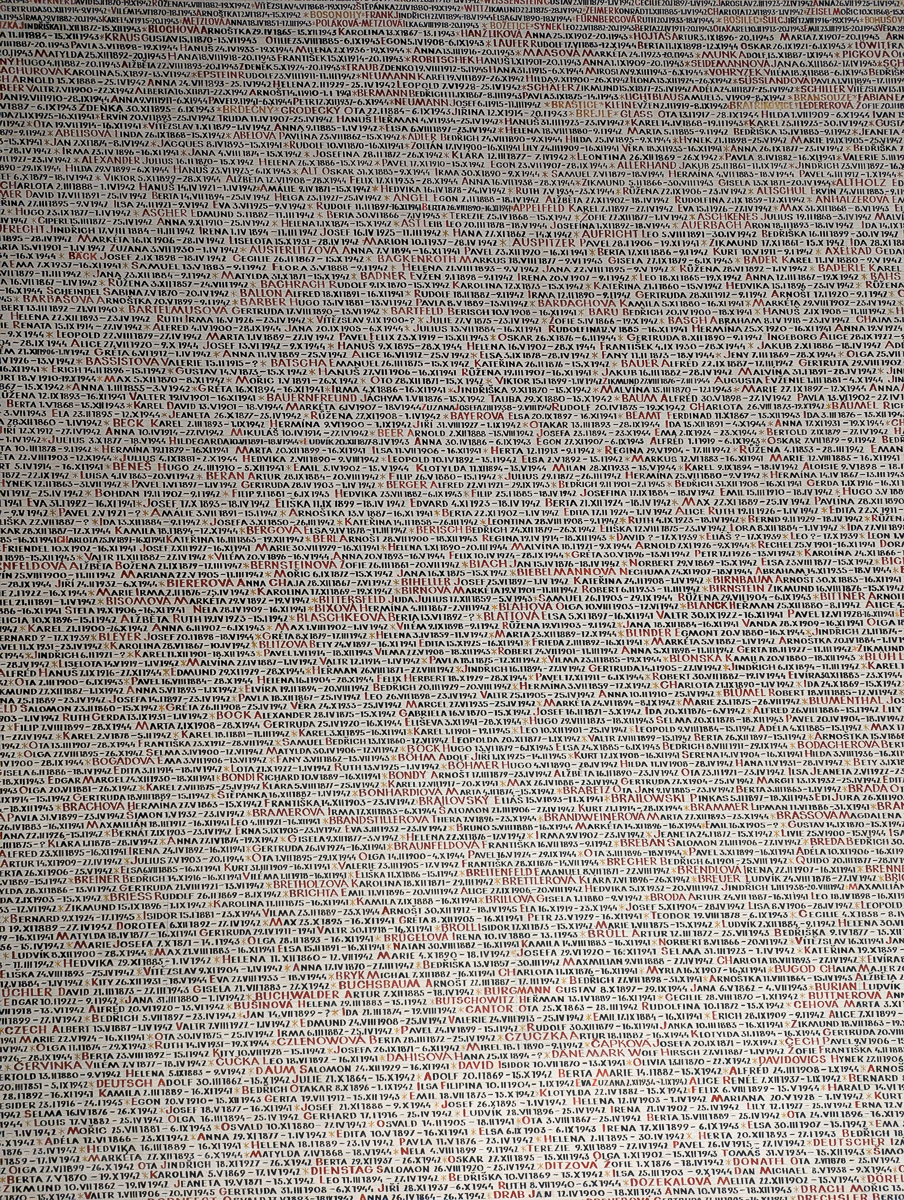
Visiting Pinkas Synagogue
With one ticket, you can visit all of Prague “Jewish Town” which includes admission into the Pinkas Synagogue, the Old-New Synagogue, the Spanish Synagogue, the Maisel Synagogue, and the Old Jewish Cemetery.
This guided walking tour of Prague’s Jewish Quarter is extremely popular and even includes the admission ticket mentioned above. This is the best way to learn more about Prague’s Jewish history from an expert guide and see some interesting highlights.
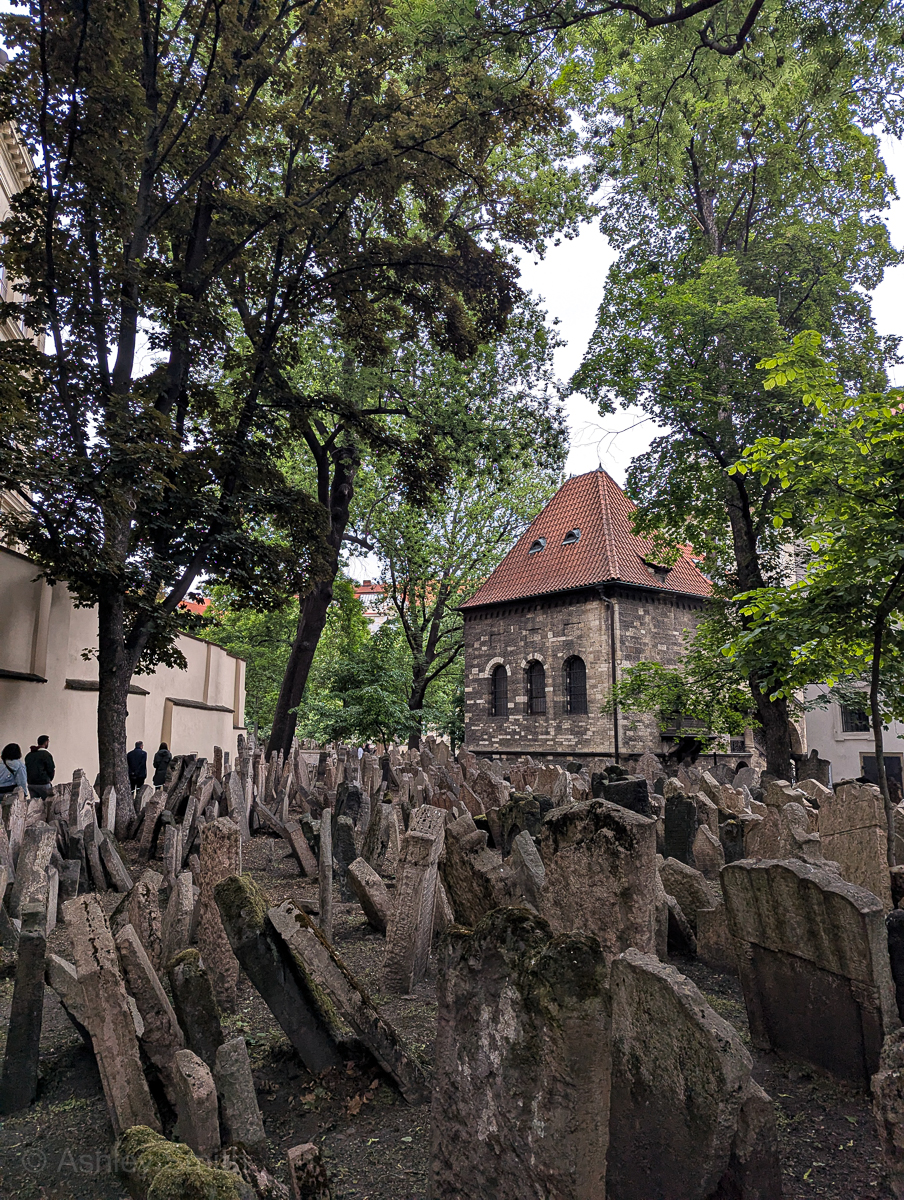
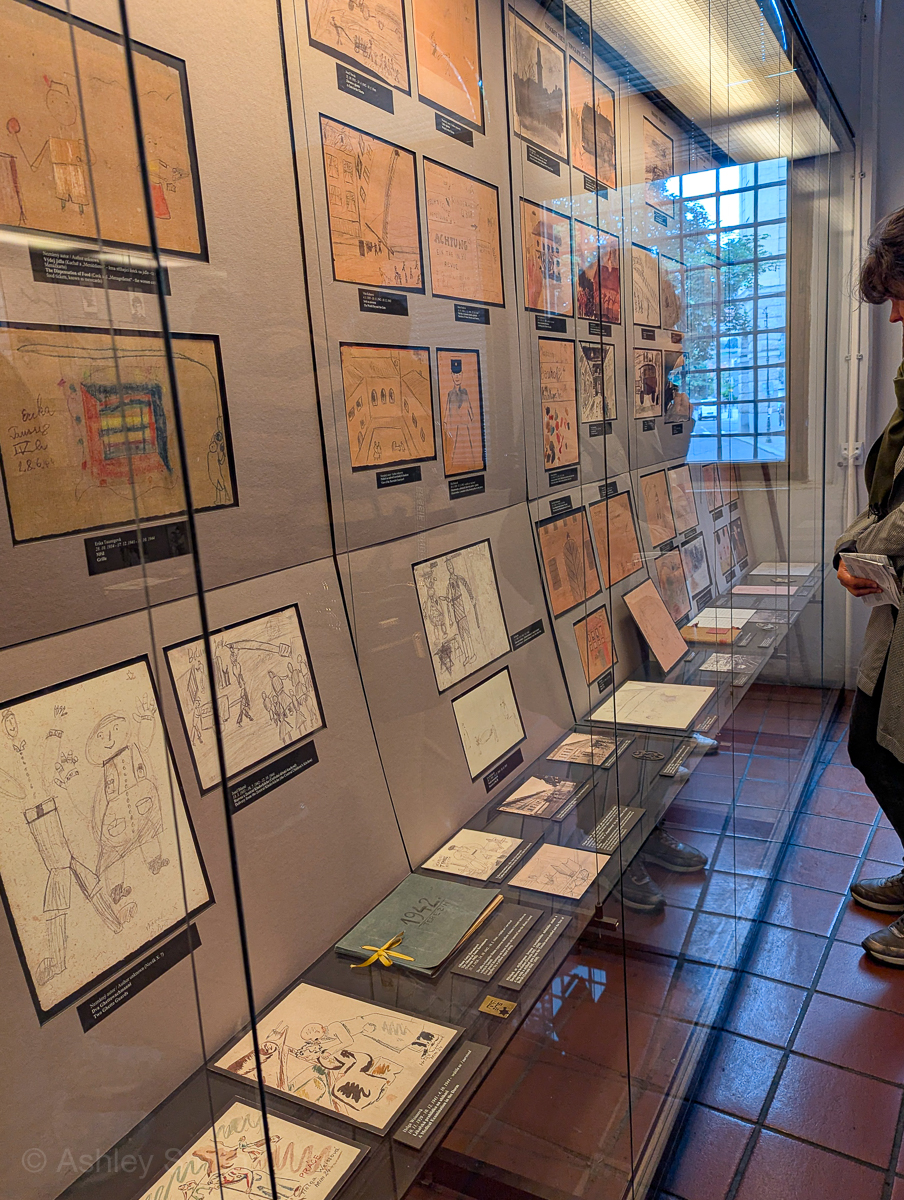
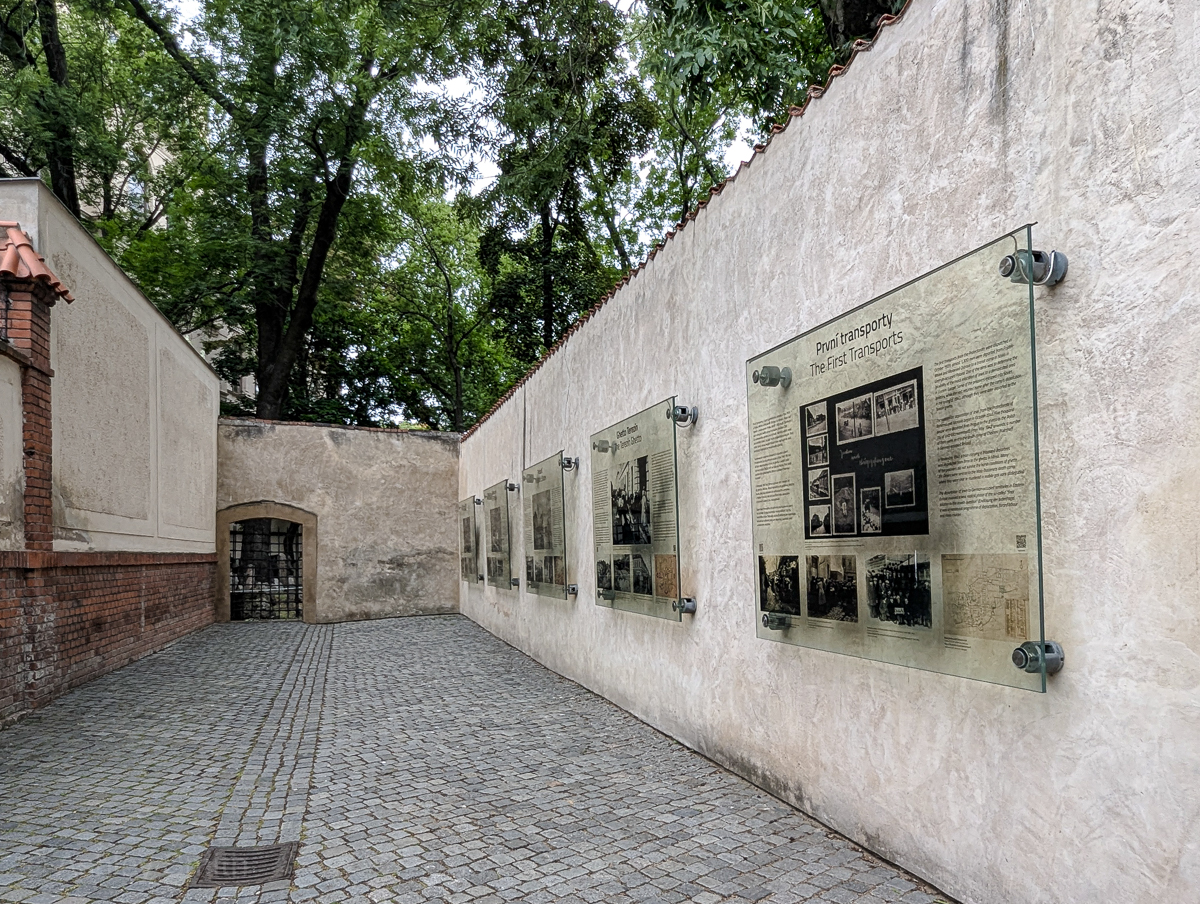
12. Stumbling Stones
Stumbling Stones (or Stolpersteine in German) are small brass stones inlaid in the ground outside the last known residence of a Holocaust victim. They typically contain the person’s name, birth and death dates, as well as their fate and/or the camp at which they were killed. You can find these small memorials in most of the cities that were at one time occupied by Nazi Germany, including Prague.
The Stolpersteine project began back in 1993 and has since laid more than 107,000 of them around Europe. Some cities have only a few (like Ljubljana) and some have thousands of them (like Berlin). As of June 2025, Prague has installed 759 of them, with several more slated for installation.
Thankfully, the Stolpersteine project in Prague has a fantastic website with tons of information, including an interactive map so you can find each of them along with biographies of the people being commemorated. Otherwise, keep your eyes to the ground, especially while exploring the Jewish Quarter, and you’re bound to see some.
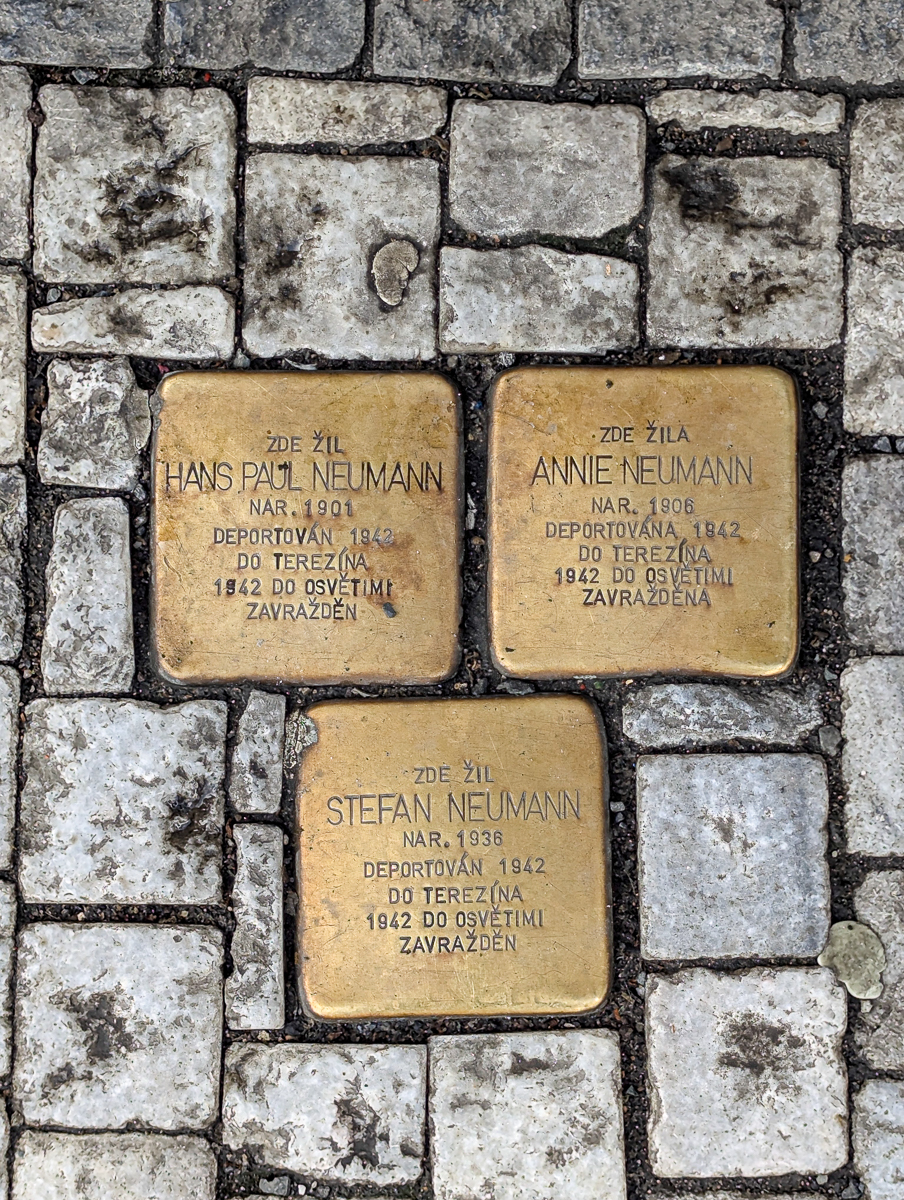
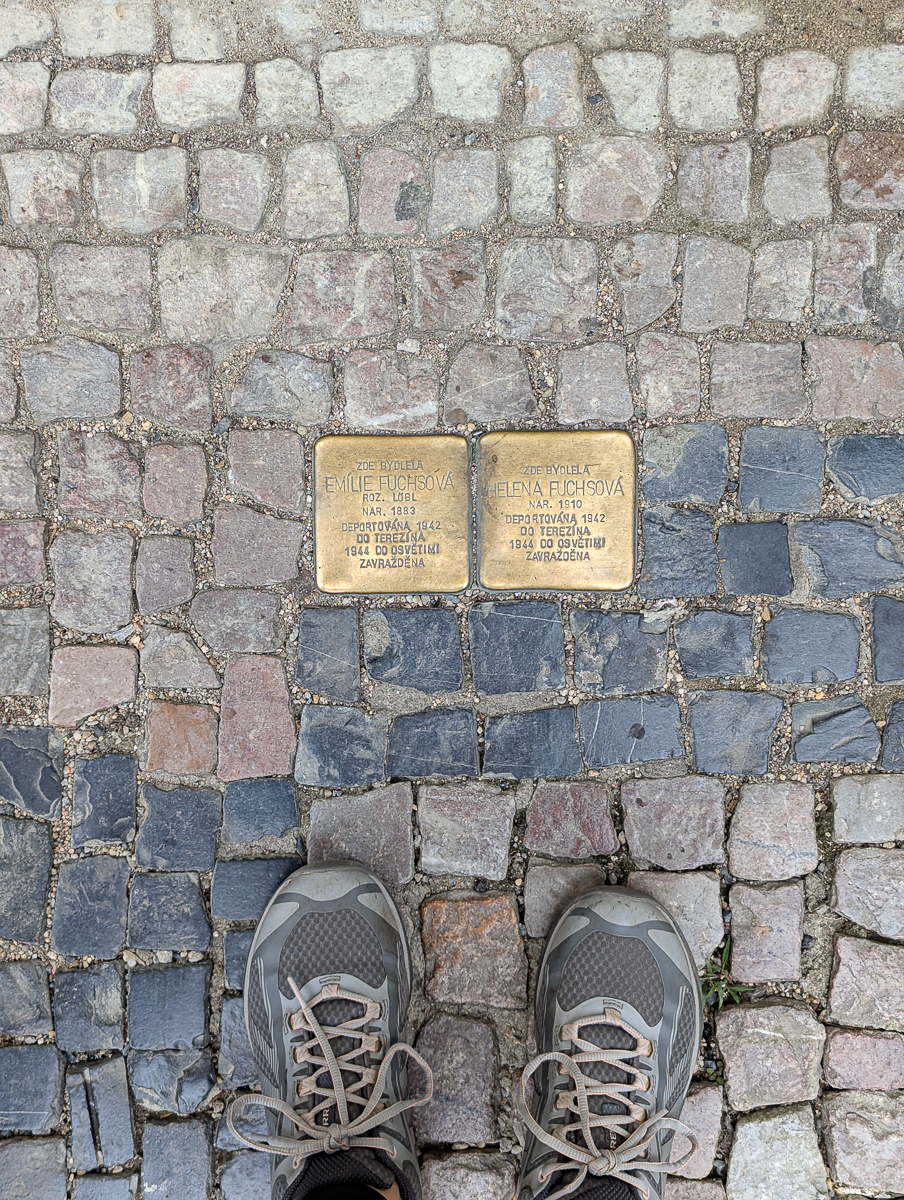
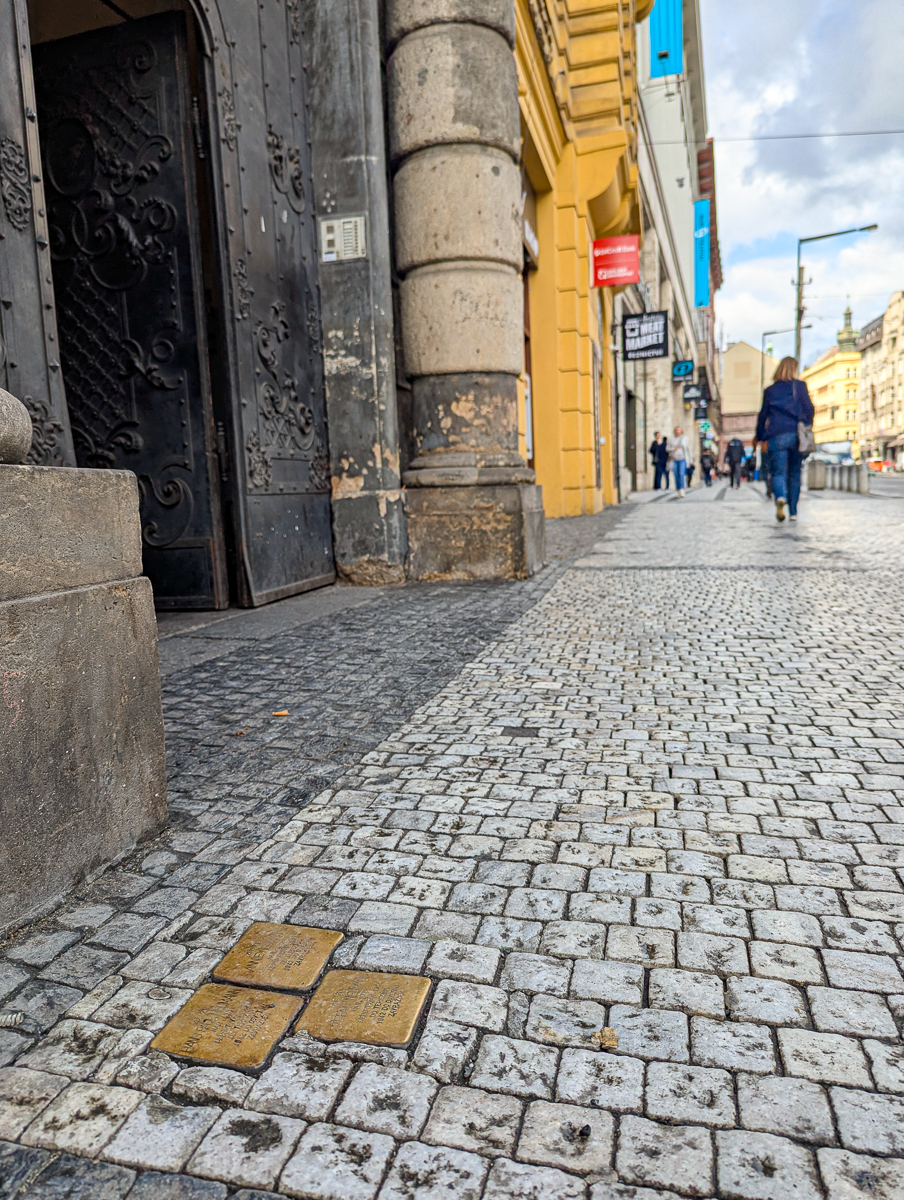
13. Memorial Josef Parík
Over in Prague’s Old Town Square, you can find another of Prague’s WWII sites on the side of the Old Town Hall building. This memorial honors Josef Parík–a Prague police chief who died fighting for liberation in the Prague Uprising of May 1945. His body was found in the rubble at this spot after the city’s liberation.
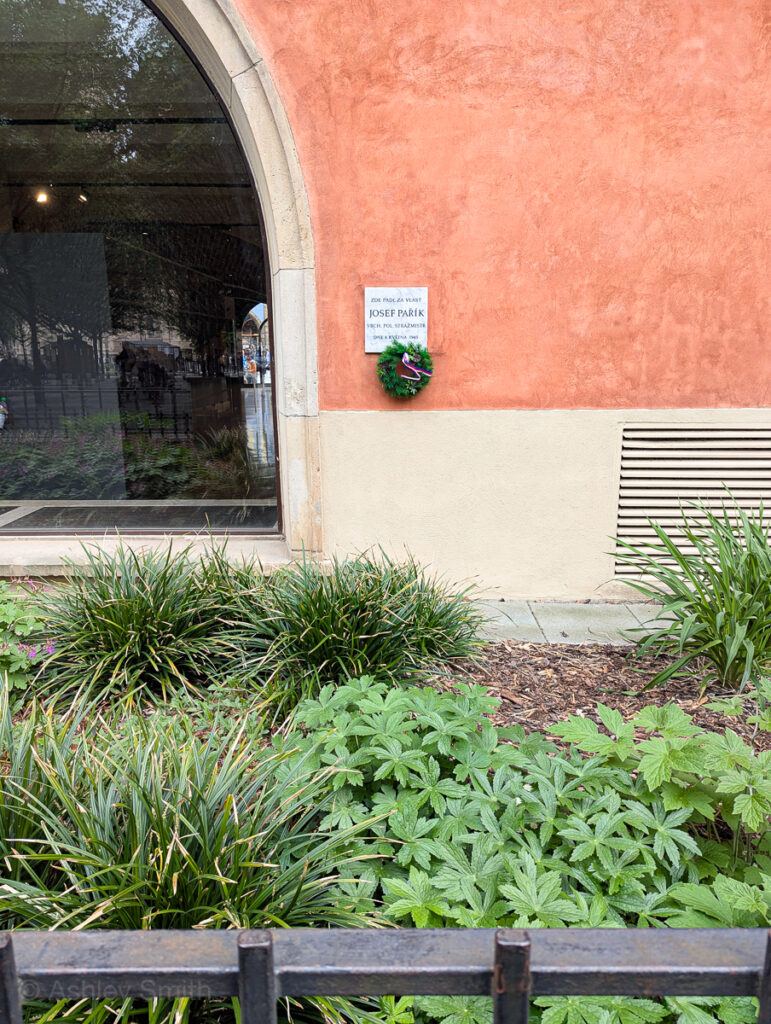
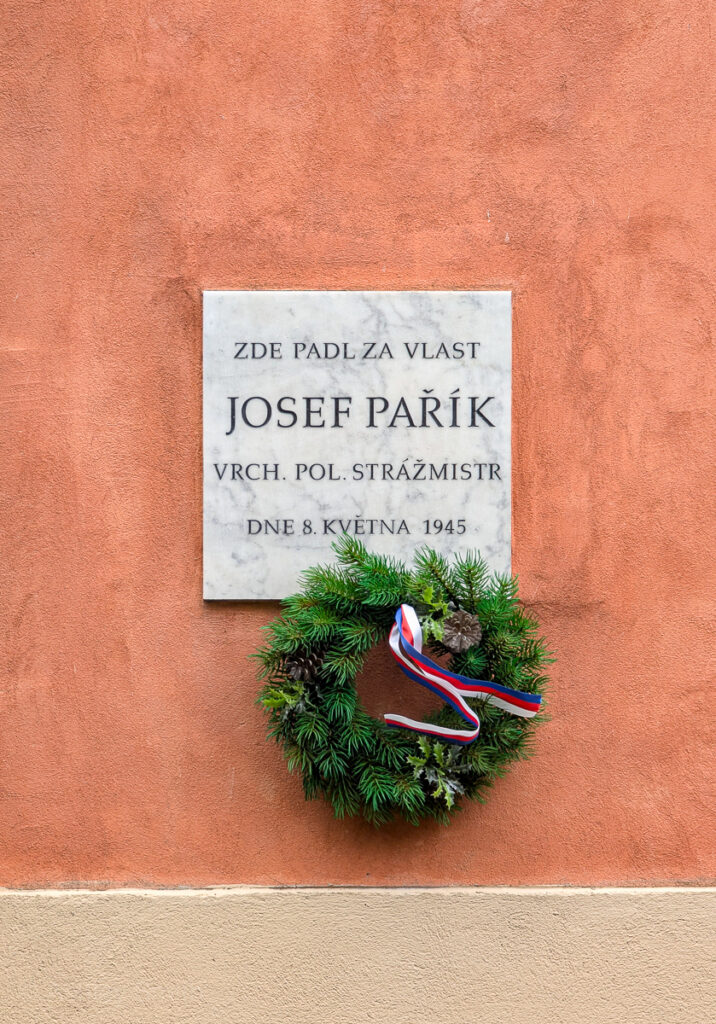
14. Czech Resistance Monument at Petschek Palace
Prague’s Petschek Palace was built in the early 1920s and originally used as a fancy office building by illustrious banker Julius Petschek, one of Czechoslovakia’s wealthiest businessmen. Immediately following the Nazi occupation of Prague, the Gestapo seized it to use as its local headquarters.
From 1939 until the end of the war, the Gestapo used Petschek Palace to interrogate and torture members of the Czech resistance and other political prisoners. Though many were eventually sent to concentration or death camps, many never made it out of this building alive.
Today, you can find a memorial to these victims on the side of the building (at the corner of Washingtonova and Politických vězňů). It reads:
During the Nazi occupation, this building was a Gestapo torture chamber. Here, the freedom fighters of our homeland fought, suffered, and died. We will never forget their memories and we will always remain faithful to their legacy. People, wake up!
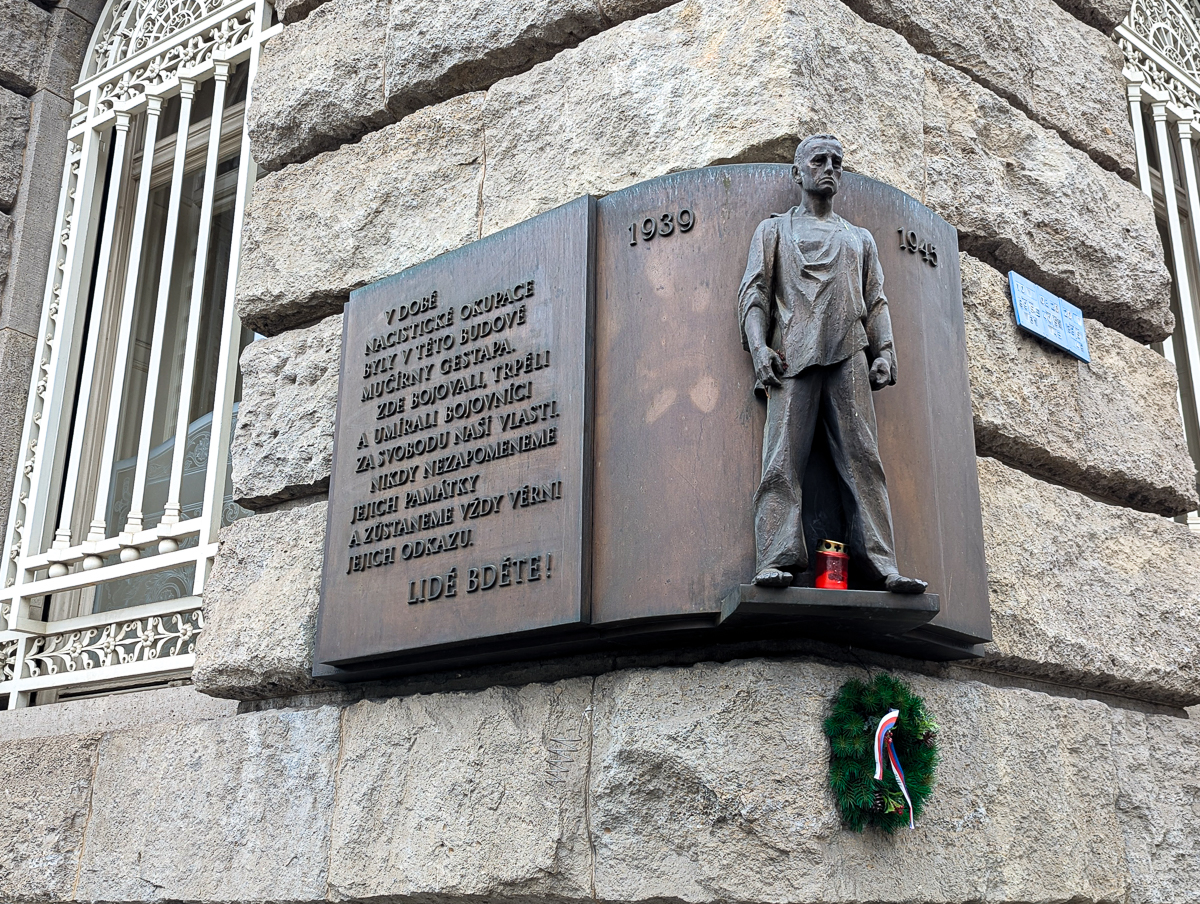
Inside, they’ve preserved one of the original Gestapo torture cells which you are welcome to visit (for free). However, the inside memorial is only open to groups of 5 or more and by appointment only. But, it’s worth sending them an email to see if you can visit even if this doesn’t apply to you.
The Petscheks also built three elaborate villas around Prague. One of those–Villa Petschek–is now the home of the US Ambassador.
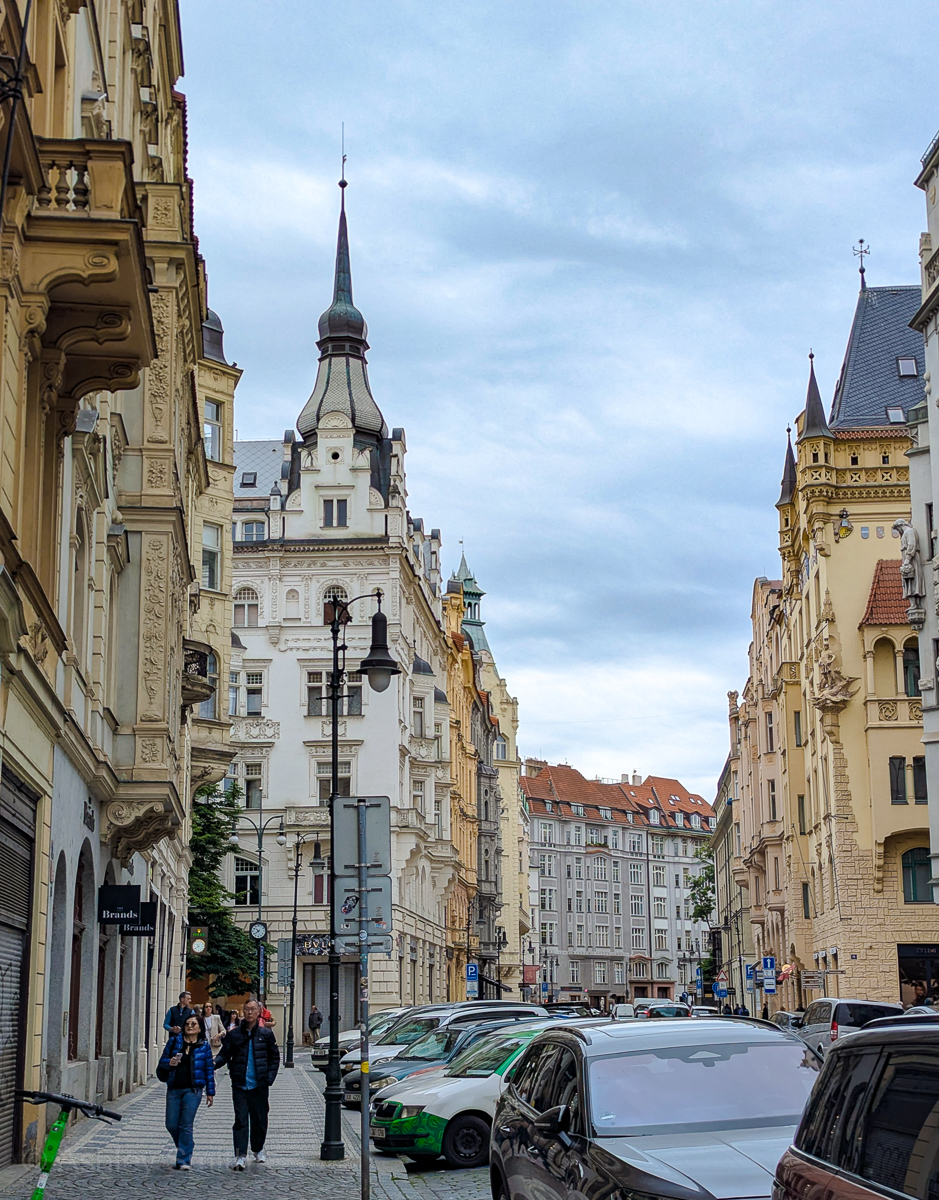
15. Nicholas Winton (Kindertransport) Memorial
Over at Prague’s main train station (Praha hlavní nádraží), head to Platform 1 where you can see a memorial statue to Sir Nicholas Winton.
Nicholas Winton was a British humanitarian who entered Prague during the Nazi occupation in an effort to help the city’s vulnerable children. During his short time here, he directly assisted in the rescue of 669 children (mostly Jews) whose parents were facing Nazi persecution and/or deportation to the death camps.
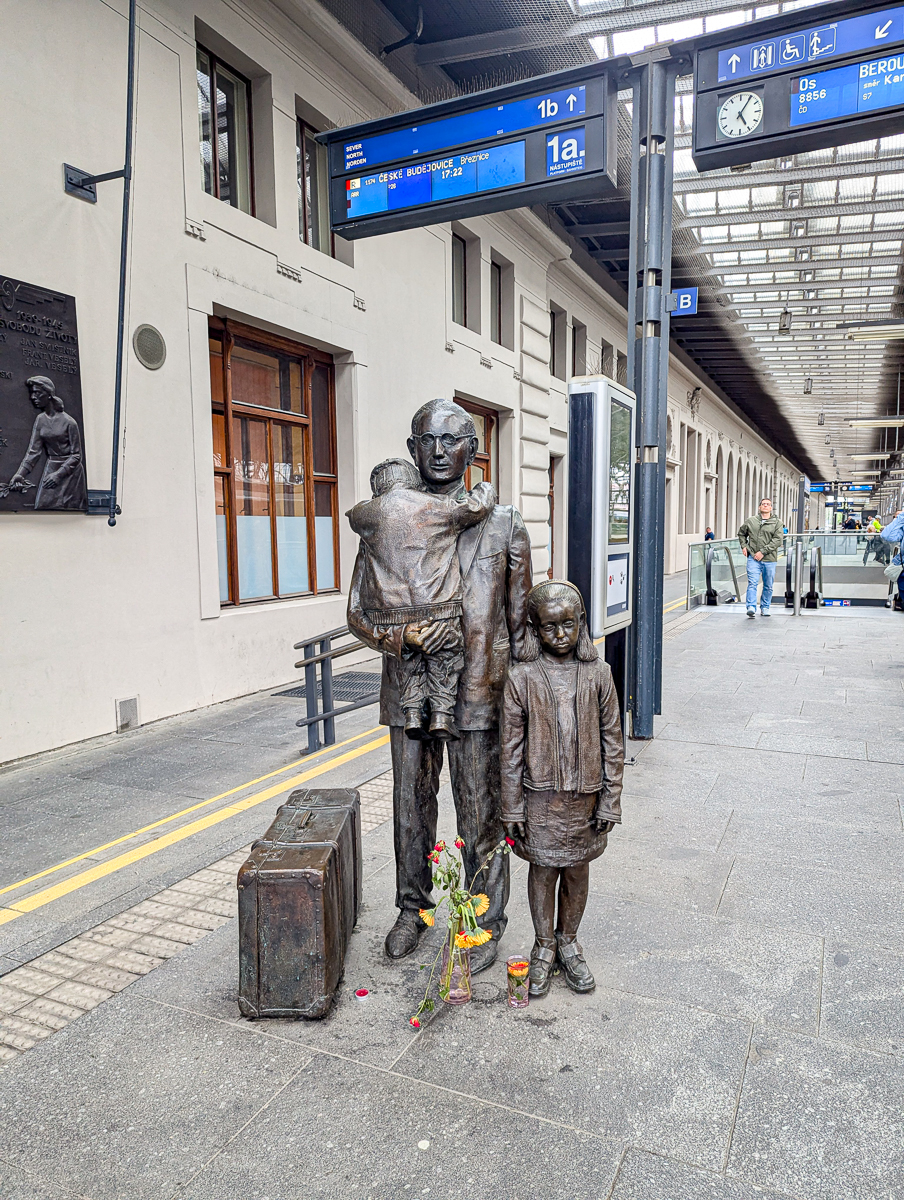
Following the pogrom known as Kristallnacht (November 1938), Great Britain approved legislation that allowed child refugees to enter Britain if they had a sponsor and place to stay. During Winton’s visit to Prague, he compiled a list of the city’s most at-risk children. He then went about finding sponsors, raising funds, and combatting all the associated legal hurdles for each and every one of them.
During the war, Winton served in both the Red Cross and the Royal Air Force. He continued humanitarian work for the rest of his life and met many of the children he saved (and their children) as adults. Winton died in 2015 at the age of 106. For more on the operation known as Kindertransport, see this page.
Winton’s story, majorly summed up here, is filled with so much heartwarming goodness. His daughter wrote a book about his incredible life and it was even made into a major motion picture in 2024 (One Life) starring Anthony Hopkins and Helena Bonham Carter.
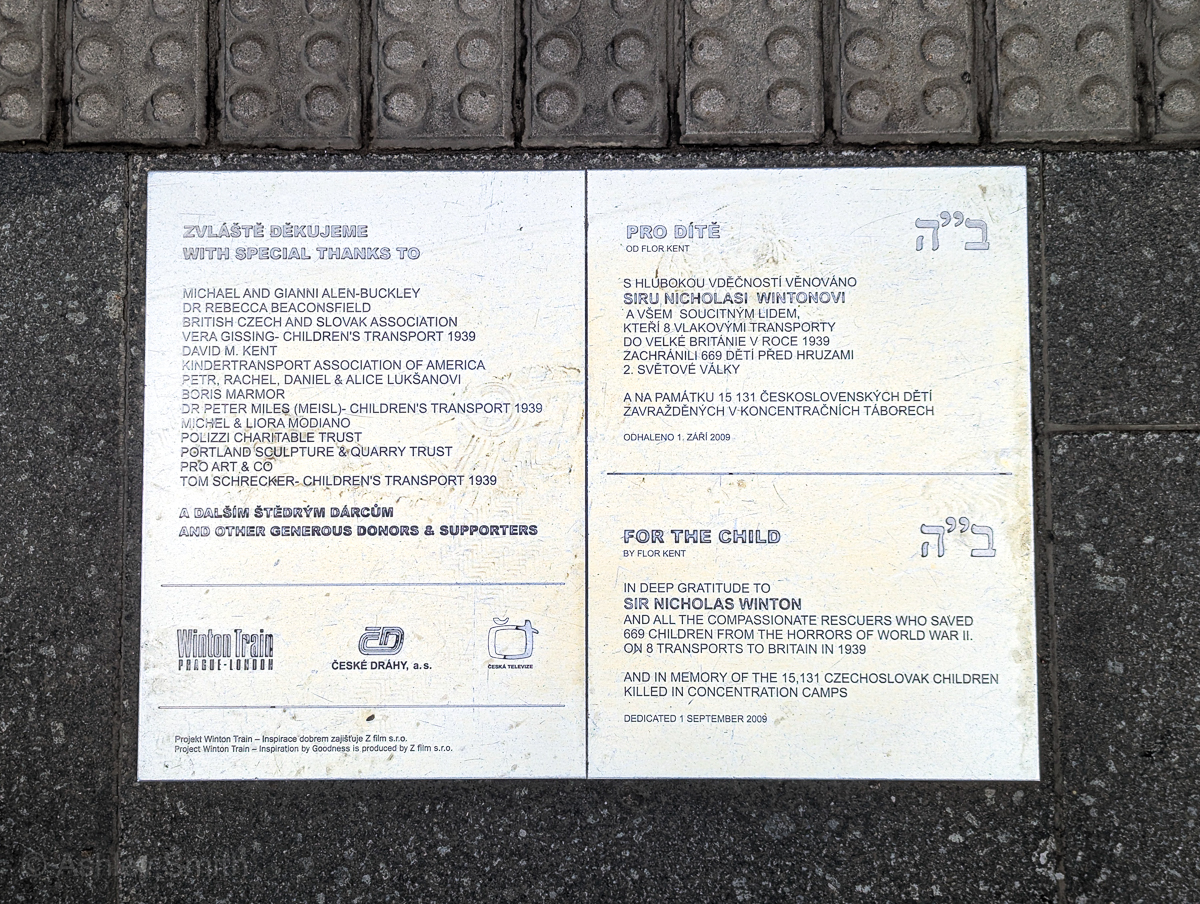
16. War Victims’ Memorials
Just beside the statue of Nicholas Winton, you’ll find two memorial plaques on the wall. The one of the left is dedicated to those who lost their lives fighting in the Prague Uprising. The one on the right honors others who “gave their lives for freedom” between 1939-1945.
For all your other Prague sightseeing, pick up a GoCity Pass to potentially save lots of money.
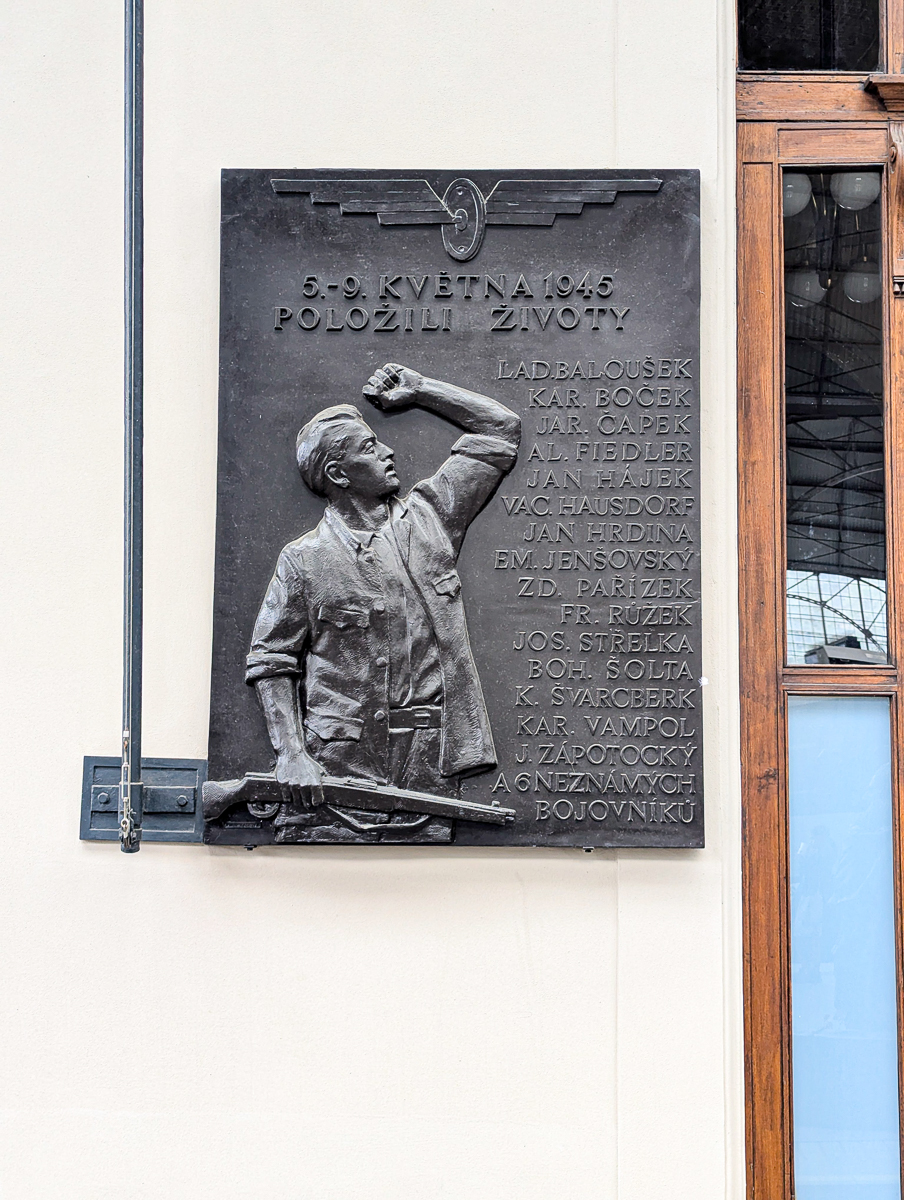
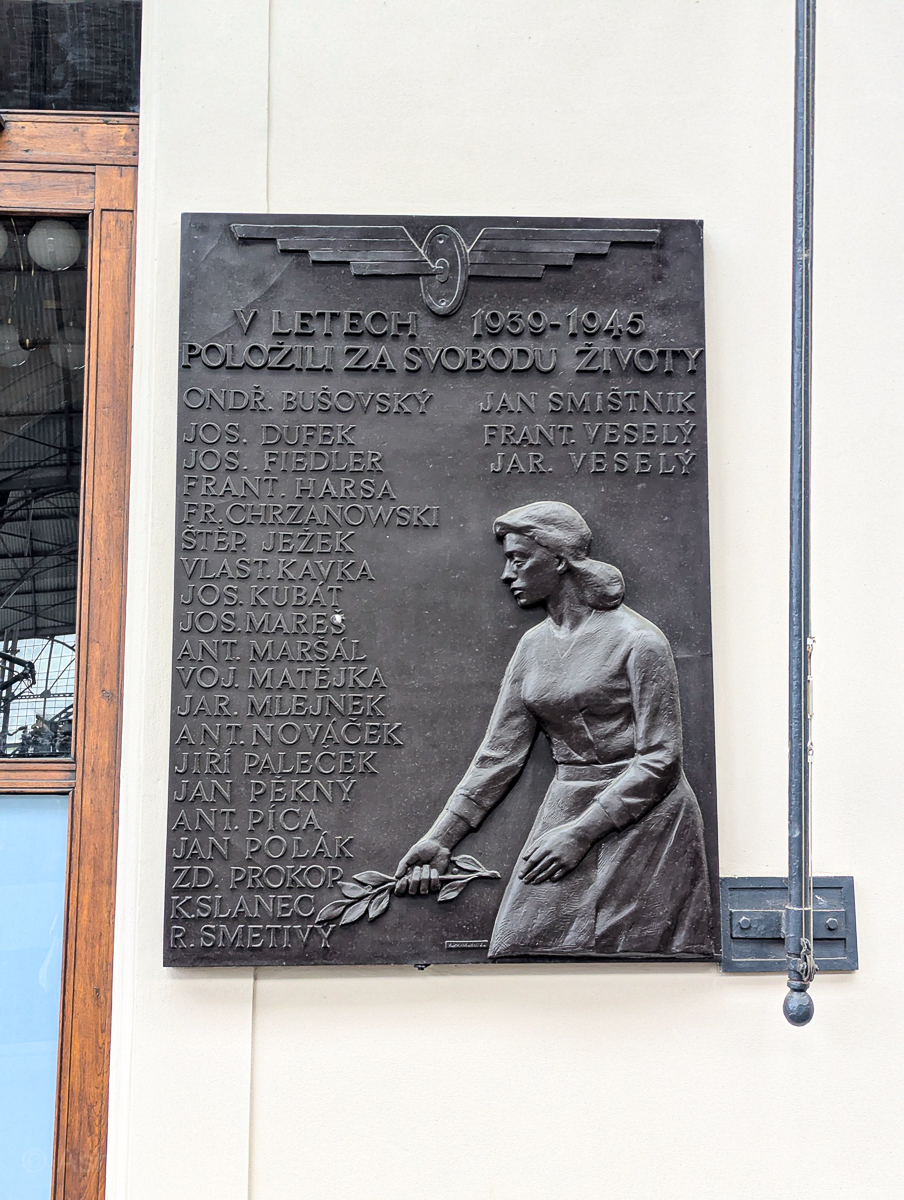
17. Farewell Memorial
Back inside the train station, on the lower level beneath the dome, you’ll find what’s known as the Farewell Memorial (and sometimes as the Valediction Memorial). This one honors the parents who, “with heartache and tears in their eyes,” had to send their children away on the Kindertransports of 1938/1939 in order to save their lives.
The monument features a train car door with the illuminated hands of parents and children on the window, and a memorial plaque donated by some of the “Winton Children.” It’s dedicated to all the parents who boarded their children on trains and waved goodbye to them, knowing they’d probably never see them again. Most of these parents were killed in the Holocaust.
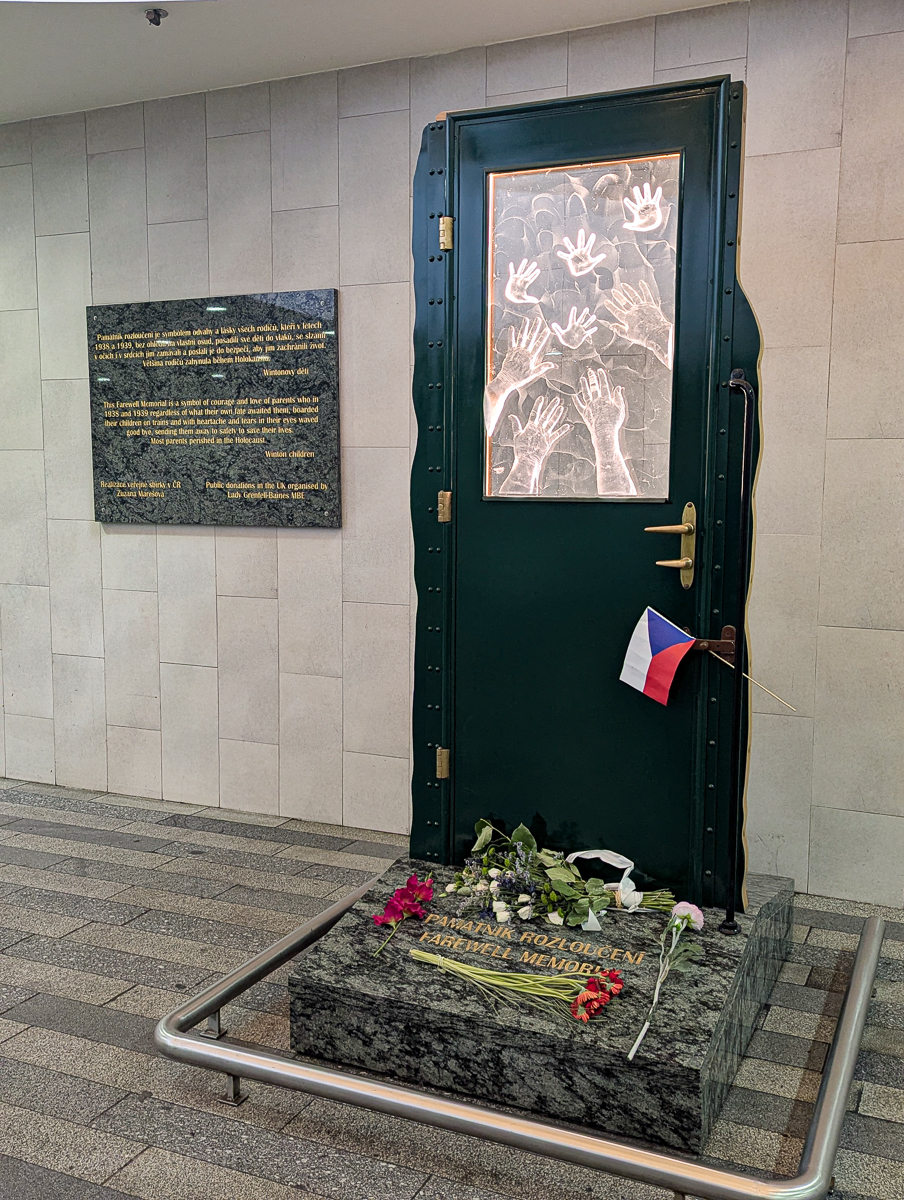
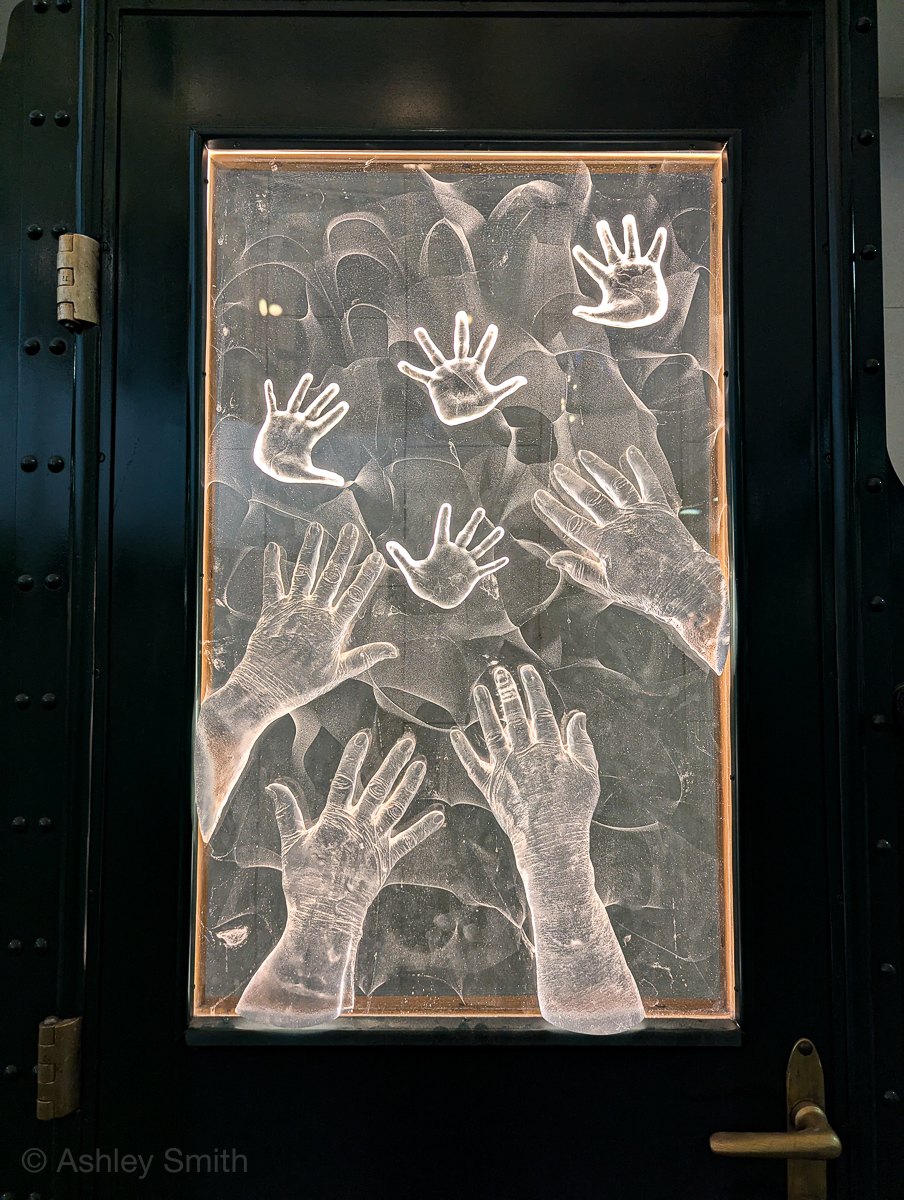
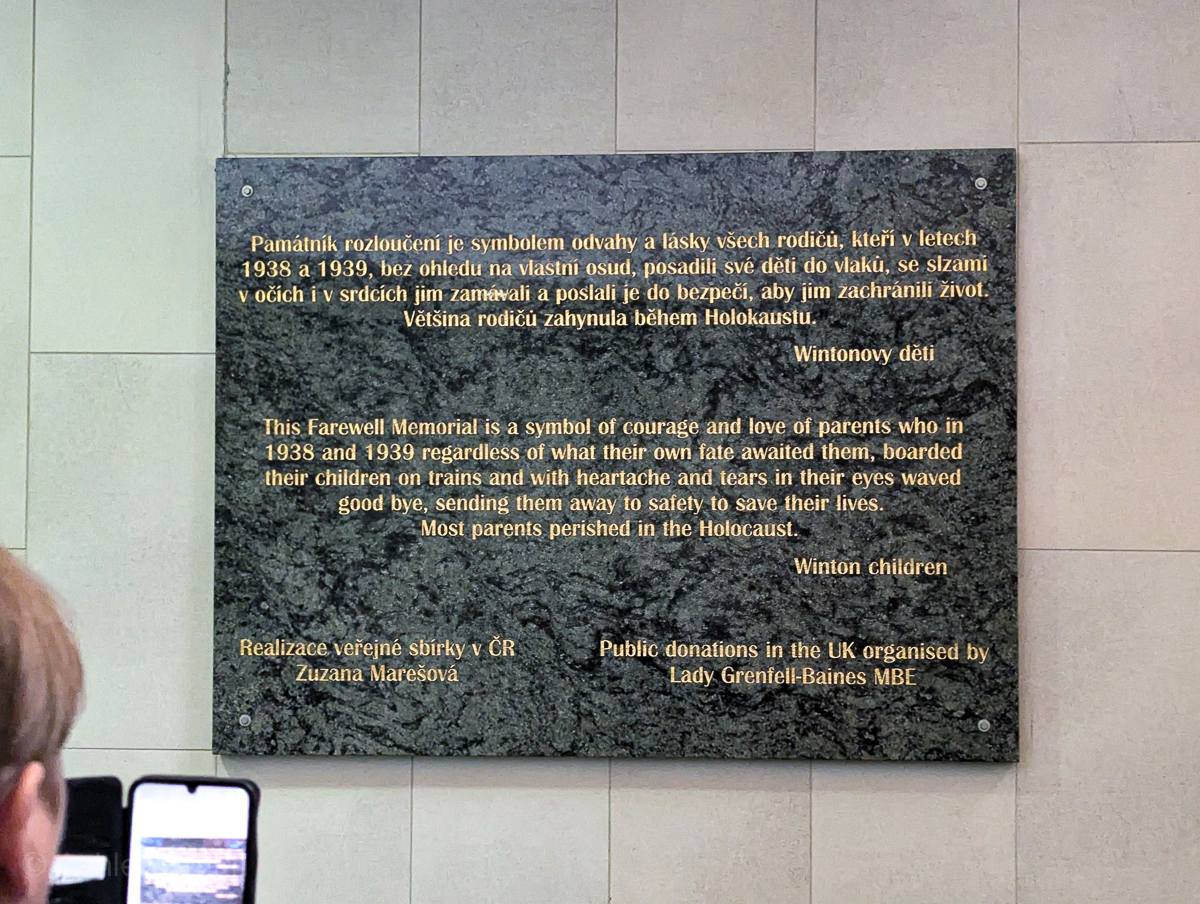
18. Memorial of Silence (Památník Ticha)
In the area of Prague’s Bubny train station is the Memorial of Silence whose centerpiece is a sculpture known as the Gate of Infinity. This sculpture appears as a train track leading up into the sky, rising over the path taken by tens of thousands of Prague citizens on their way to the ghettos, concentration camps, and extermination camps.
19. Mural of Nicholas Winton
Just a few minutes from the Memorial of Silence and Bubny station is a street that passes under some railroad tracks. Under here, you’ll find a colorful mural dedicated to Nicholas Winton and his work on the Kindertransports. In September 2024, the street leaving the train station that passes under here was renamed for him (Nicholase Wintona).
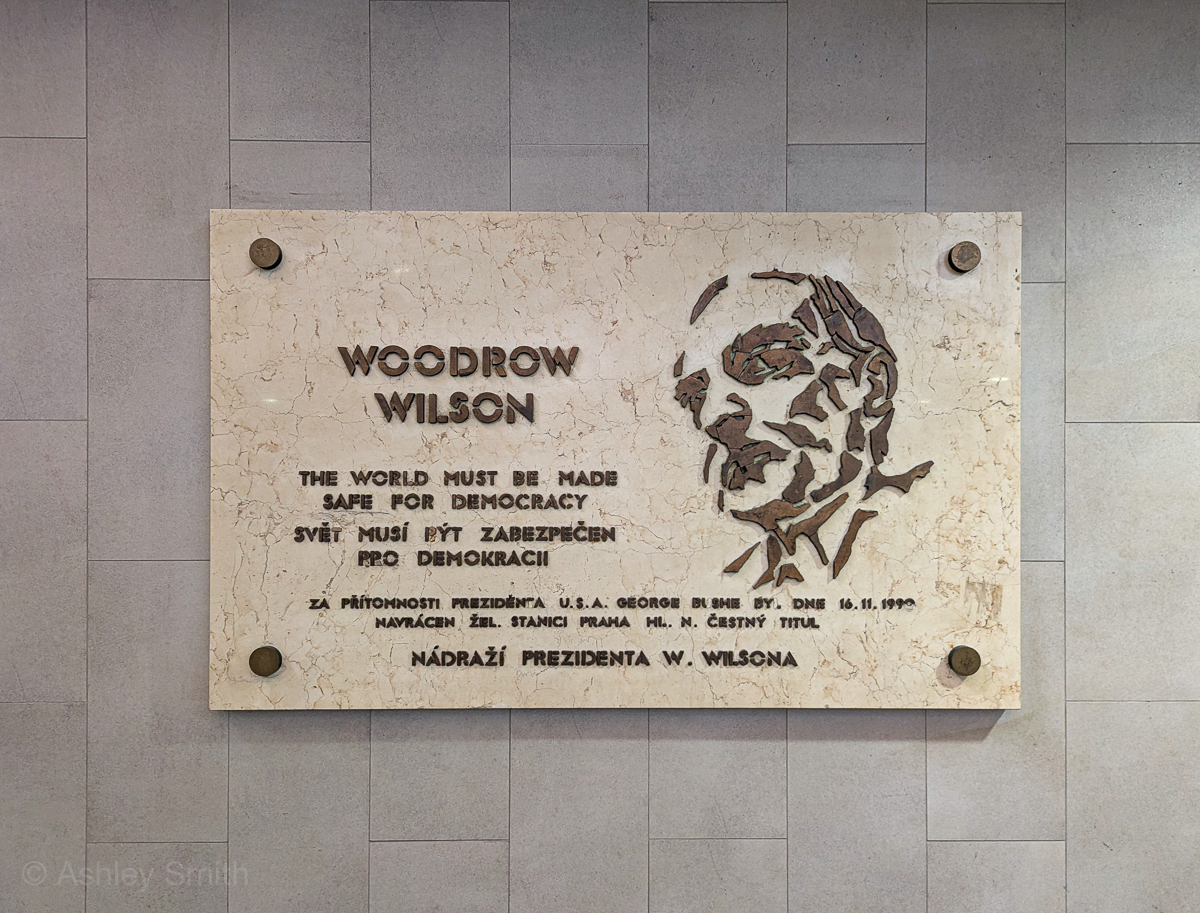
20. Winston Churchill Monuments
As a tribute to his efforts that ultimately led to the liberation of Europe from Nazi occupation, you can find various monuments dedicated to Winston Churchill in Prague.
Over in “Winston Churchill Square” (not too far from the Army Museum), you’ll find a life-size statue of Churchill up on a pedestal. This one is an exact replica of his statue in London’s Parliament Square. And over across the river in Malá Strana, there’s a bronze bust of Churchill in front of the British Embassy.
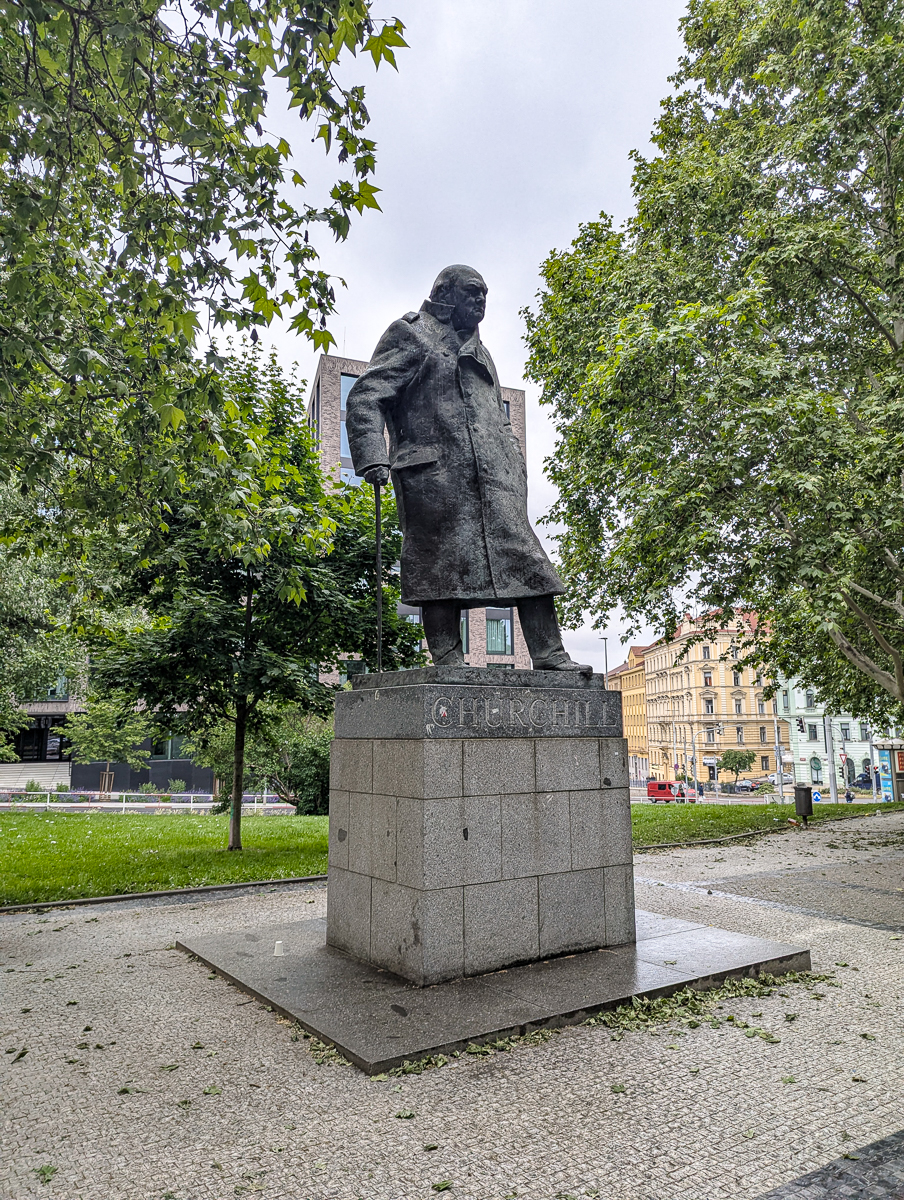
21. Winged Lion Monument
Known in Czech as Památník Okřídleného lva, the Winged Lion Monument honors the Czechoslovak airmen who served in the Royal Air Force during World War II including the Battle of Britain. It was unveiled in 2014, in part by Winston Churchill’s grandson. It was created by the same artist who did Churchill’s bust (mentioned above)
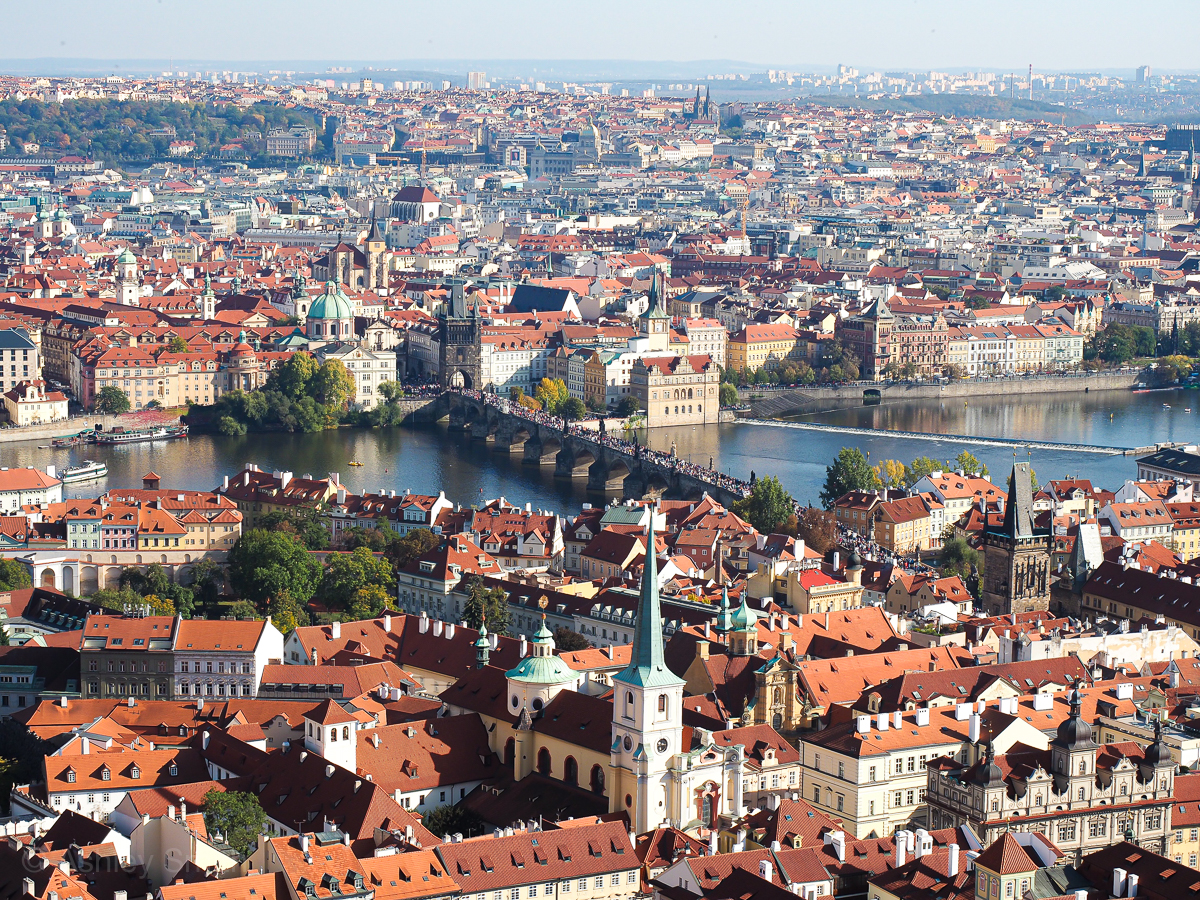
Other WWII Sites in Prague
Here are a few Prague WWII sites that don’t fit into the other categories but are definitely worth a visit:
22. U Kunštátů
Back over near the Jewish Quarter is the craft beer bar U Kunštátů. Besides the beer and food being great, you can end your visit with a trip down into their 12th-century medieval cellar. Though this space has taken on many lifeforms in its 560+ years, it served as an air raid shelter during World War II.
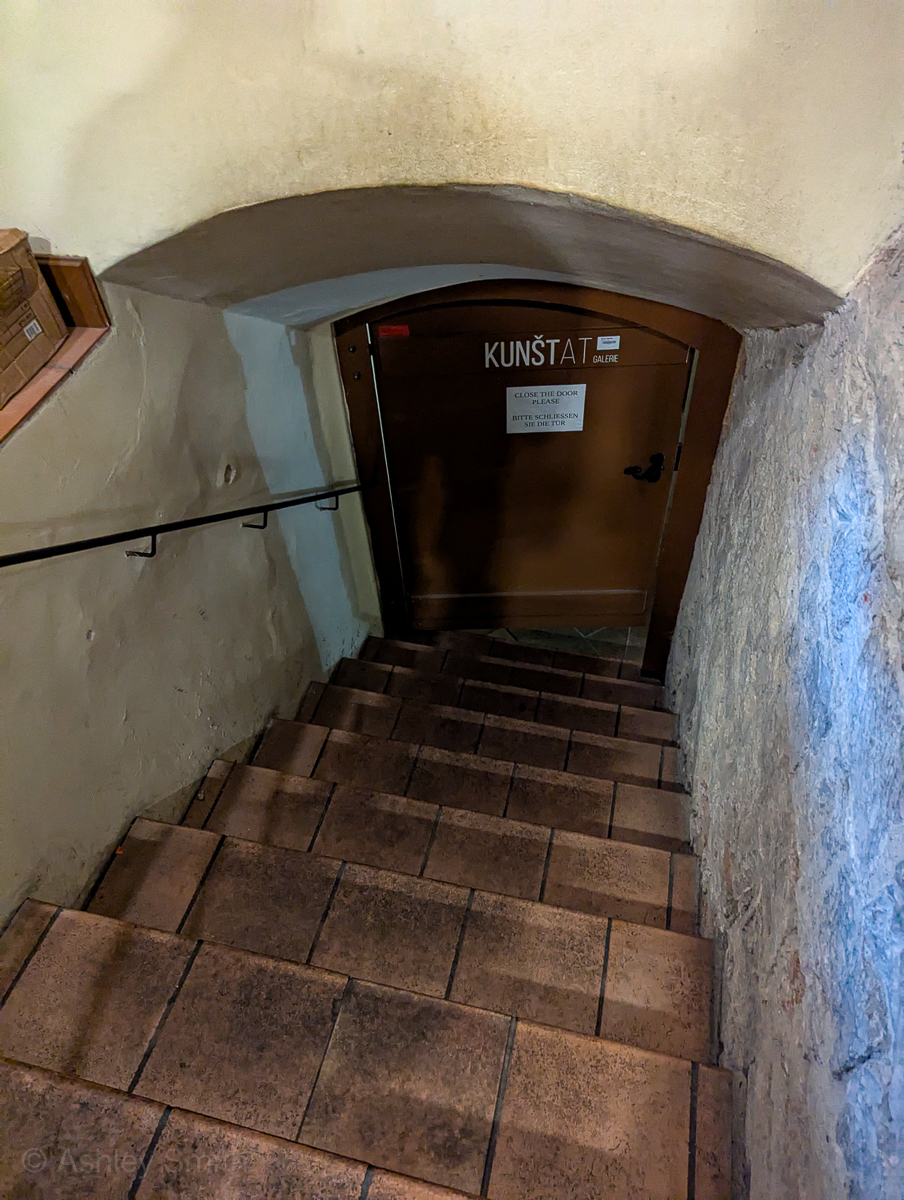
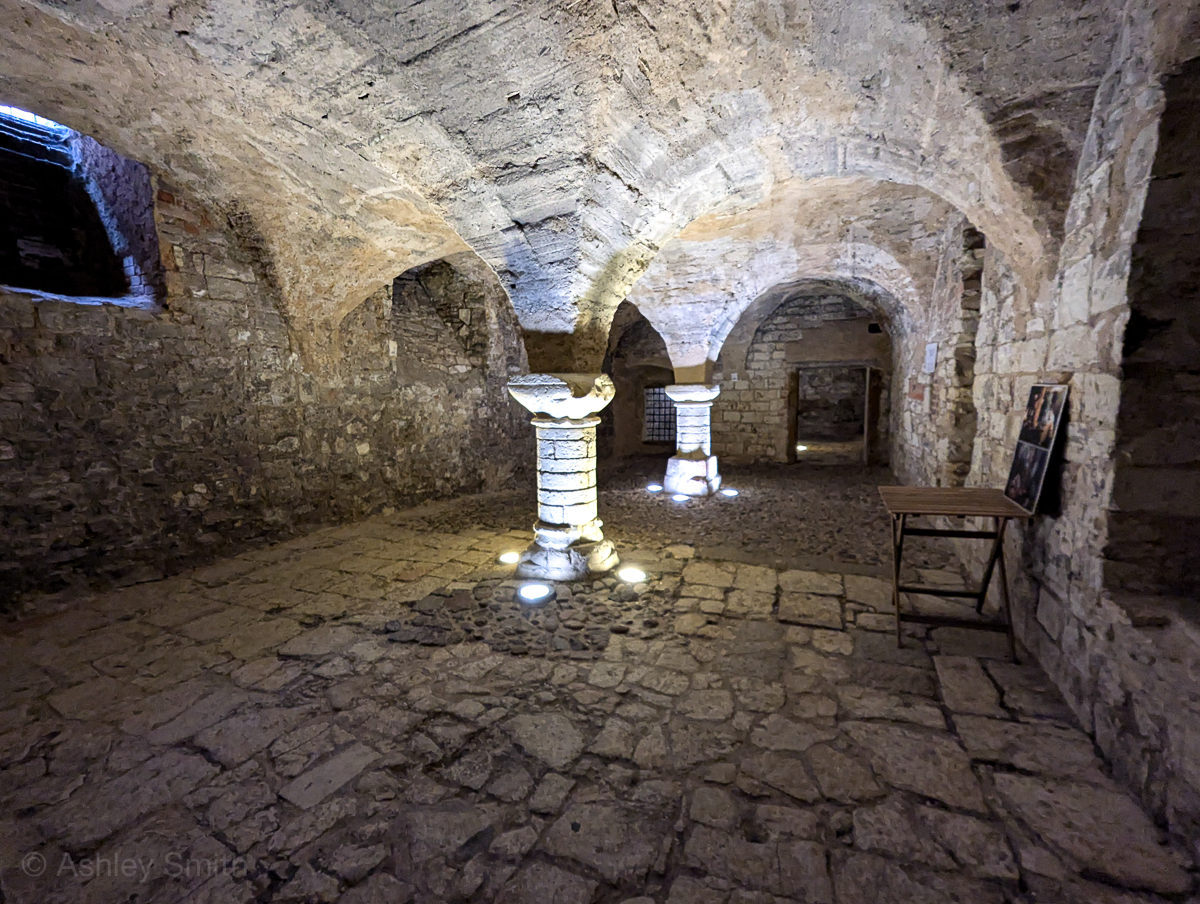
23. Prague War Cemetery
To the east of downtown Prague is the Commonwealth Prague War Cemetery. It holds the graves of 264 World War II casualties—34 of which are unidentified, many of which were prisoners of war, and eight of which are actually Polish graves.
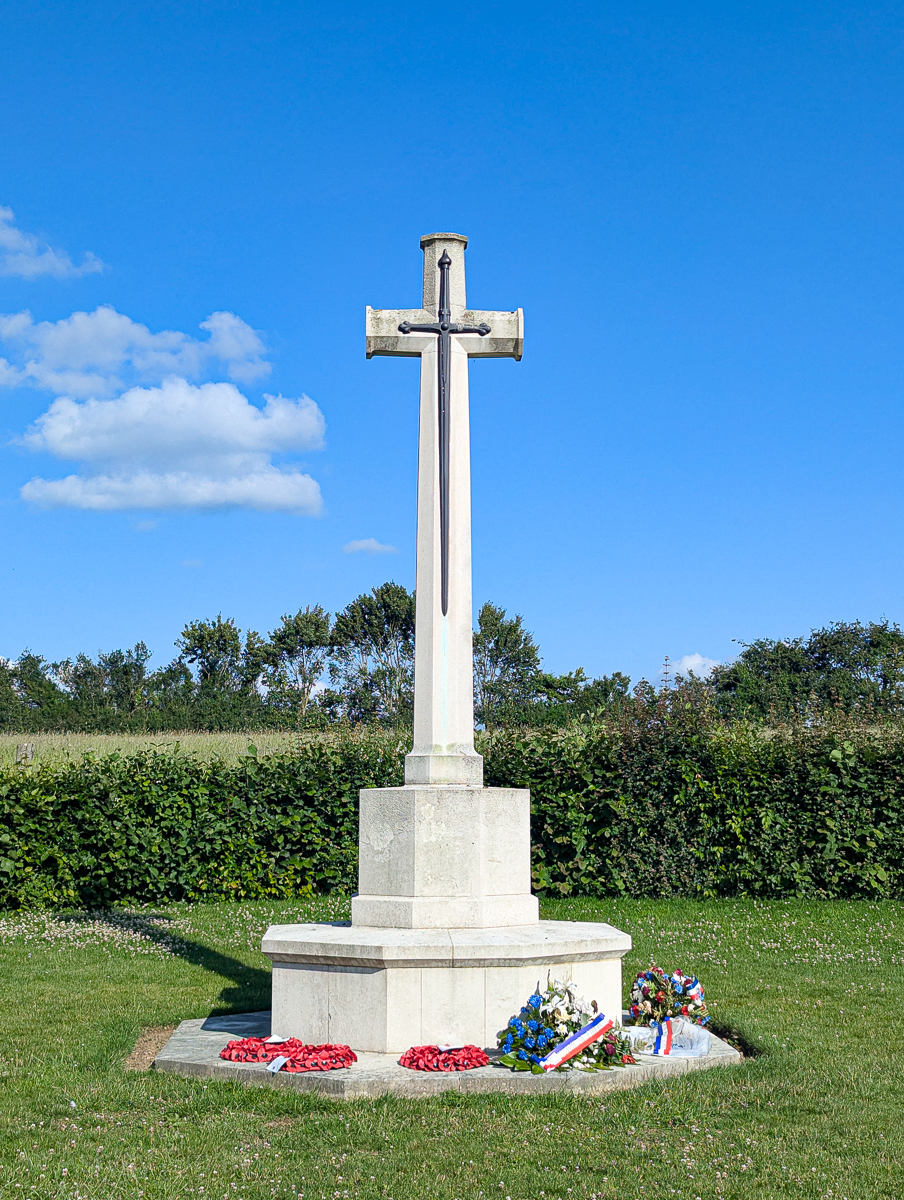
24. Terezín Concentration Camp
Terezín Concentration Camp is a worthwhile half-day trip to take from Prague. It’s not in Prague, but it’s close enough that it’d feel wrong not to mention it.
Terezín (known as Theresienstadt in German) was a major Nazi concentration camp just about an hour north of Prague. It served mainly as a transit camp for Jews on their way to the killing centers in Poland, but it also functioned as a propaganda camp. Nazi authorities set it up to appear like a “spa town” where Jews lived a fabulous life while they awaited “resettlement” in the East.
There’s still a lot to see at Terezín and you can visit the original concentration camp as well as the ghetto museum and several other historical sites over in the town.
I have an entire post dedicated to visiting Terezín Concentration Camp from Prague. See my full guide in that link.
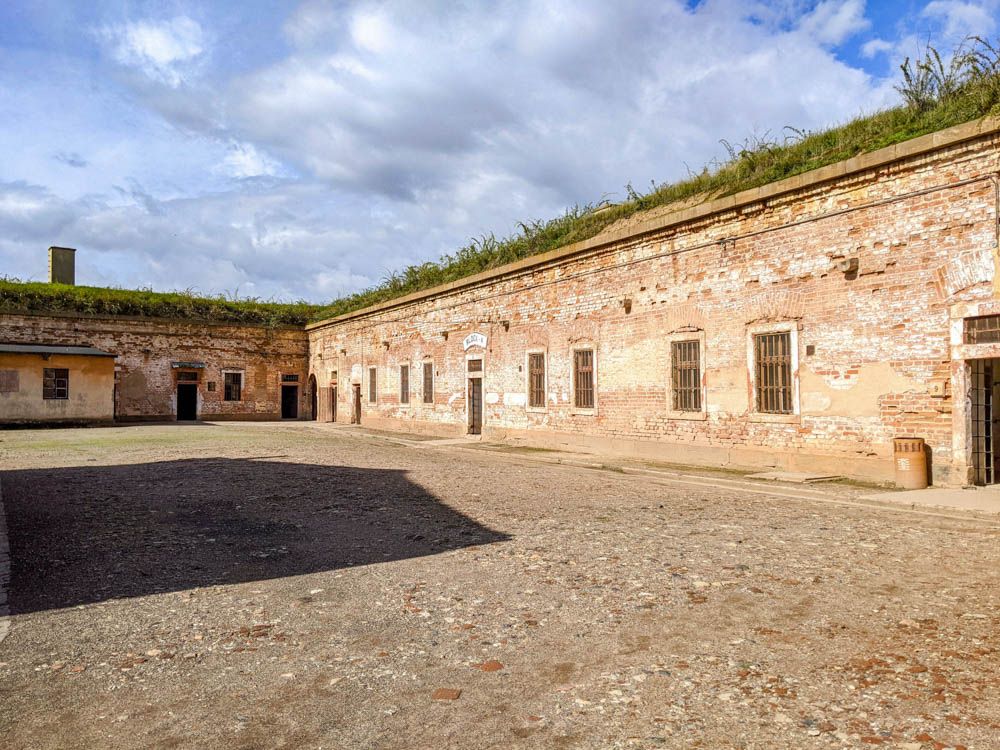
Prague WWII Tours
If you’d like to explore some of the Prague WWII sites on a guided tour, check out these popular options:
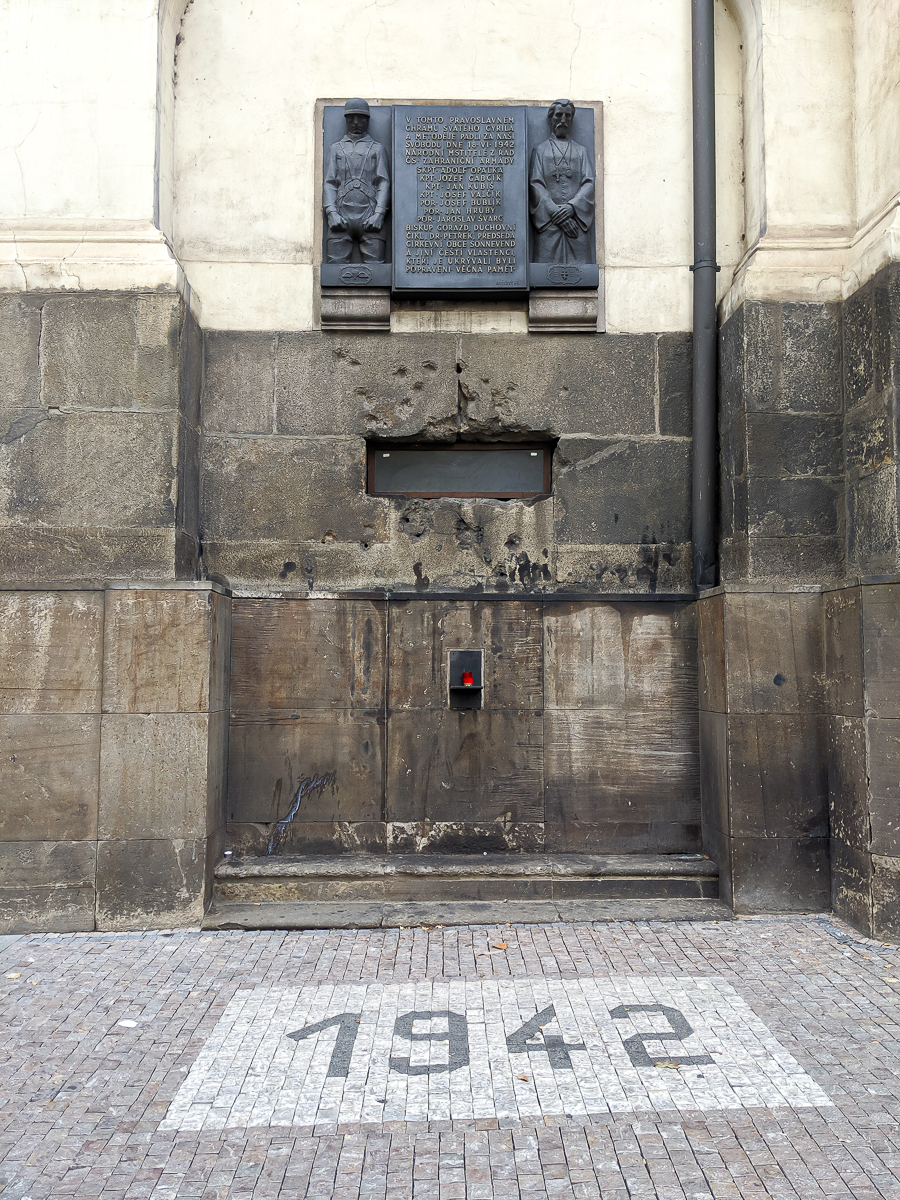
Where to Stay in Prague
Prague has no shortage of great areas in which to stay, but here are a couple of my personal favorite hotels:
Or you can check out all Prague hotel options here.
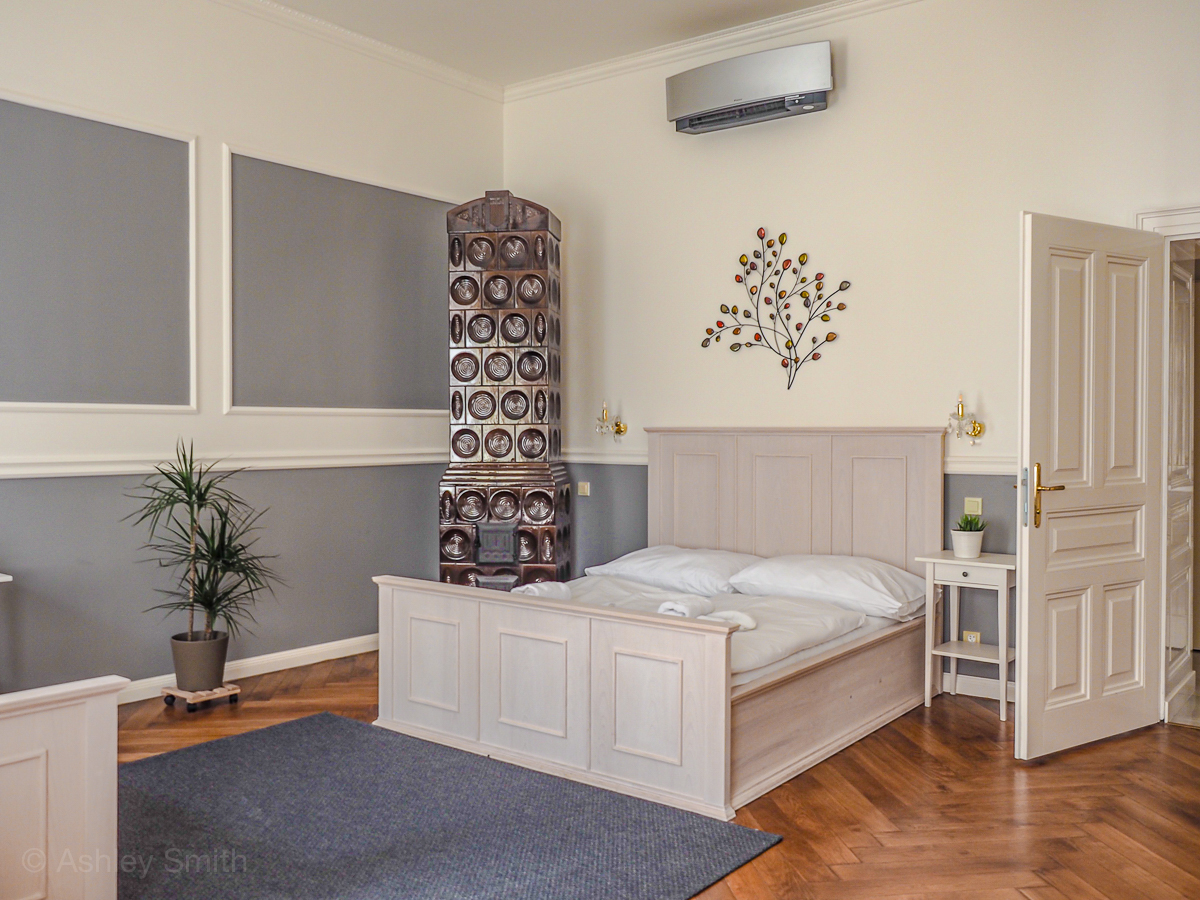
Relevant Books & Movies
For more on Prague and the Czech Republic during World War II, take a look at some of these related books and movies:
See the full list of Prague WWII books and movies here.
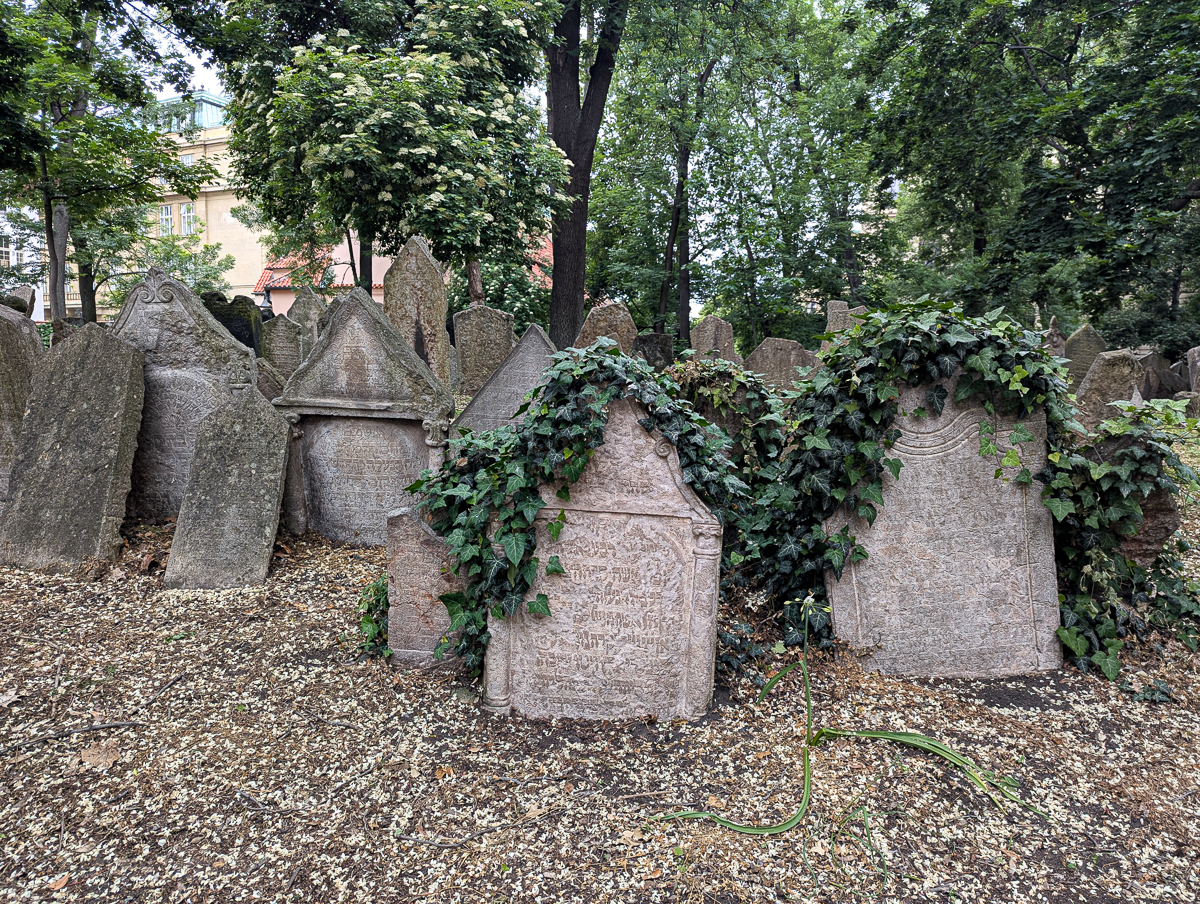
More info for your visit to Prague
- Hotels: Find great places to stay on Booking.com (my go-to). Expedia and Hotels.com are worth checking too. VRBO is best for apartment rentals.
- Rental cars: Check out the best rental car deals here.
- For more local tours, check out all the options from Viator and Get Your Guide.
- Don’t forget a Prague guidebook and this must-have Czech customs and culture guide!
- Save some cash: For the rest of your Prague sightseeing, pick up a Prague GoCity pass.
- Want more? See all my Czech Republic posts here.
Like this post? Have questions about visiting any of the WWII sites in Prague? Let me know in the comments below. Thanks for reading.

Save this info, pin this image:
